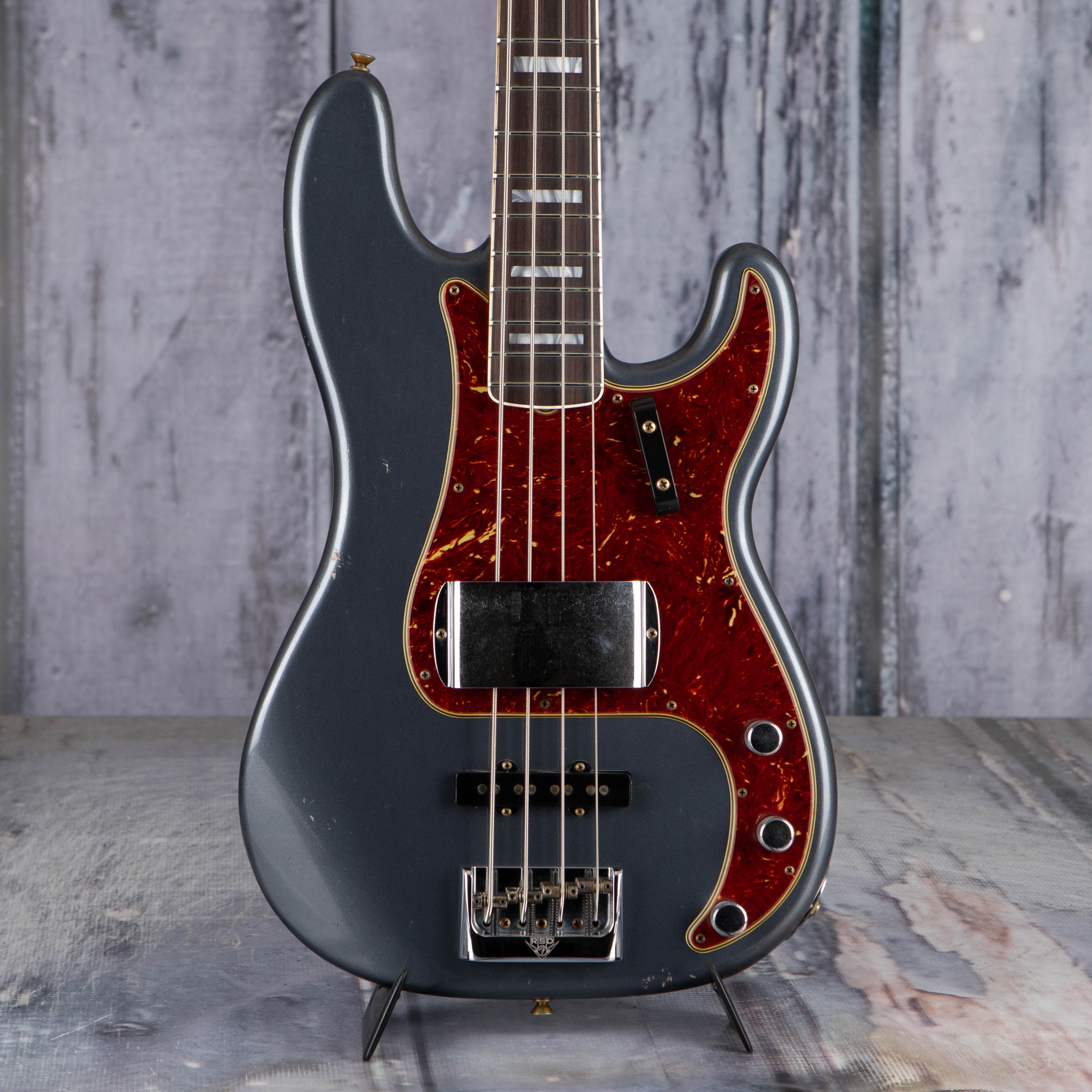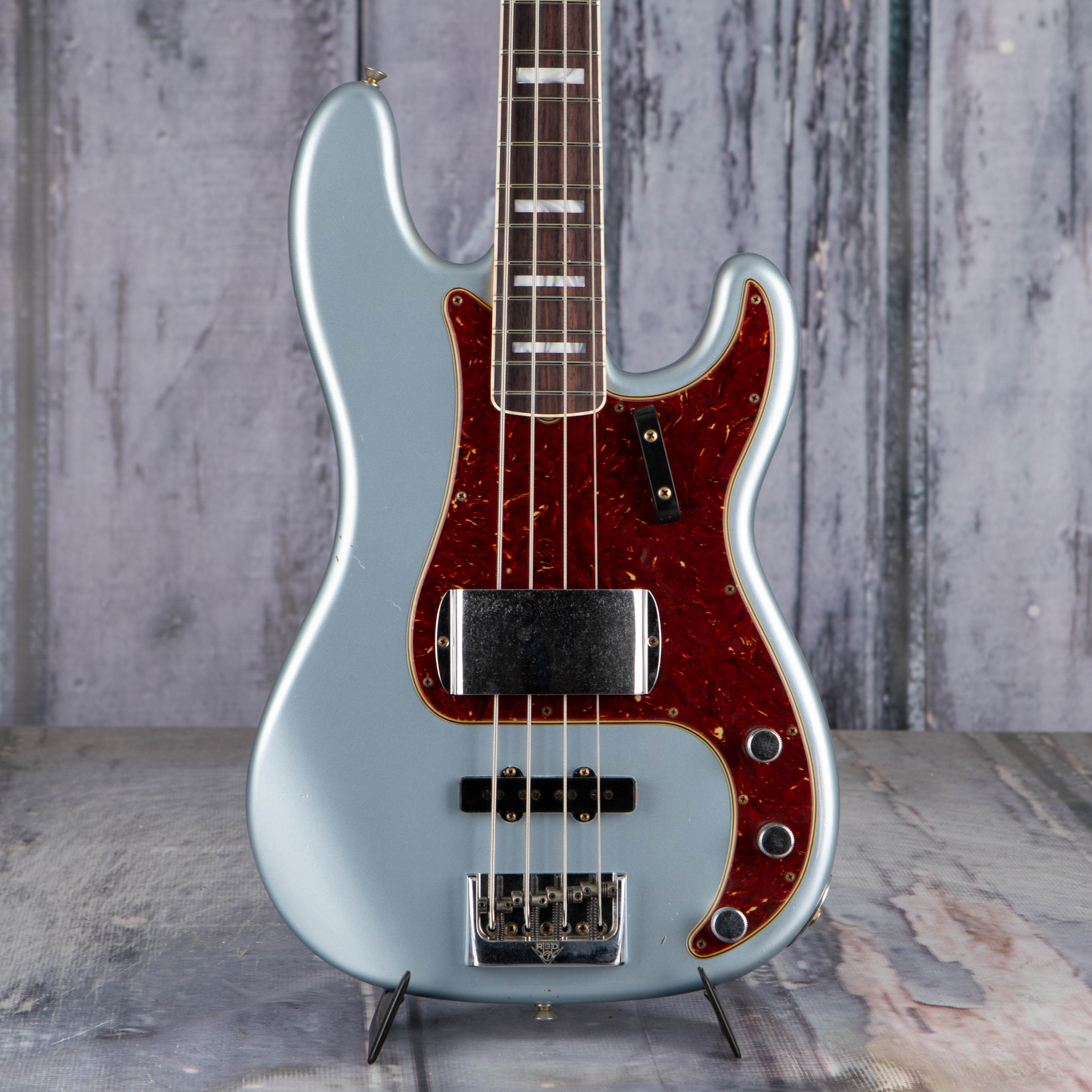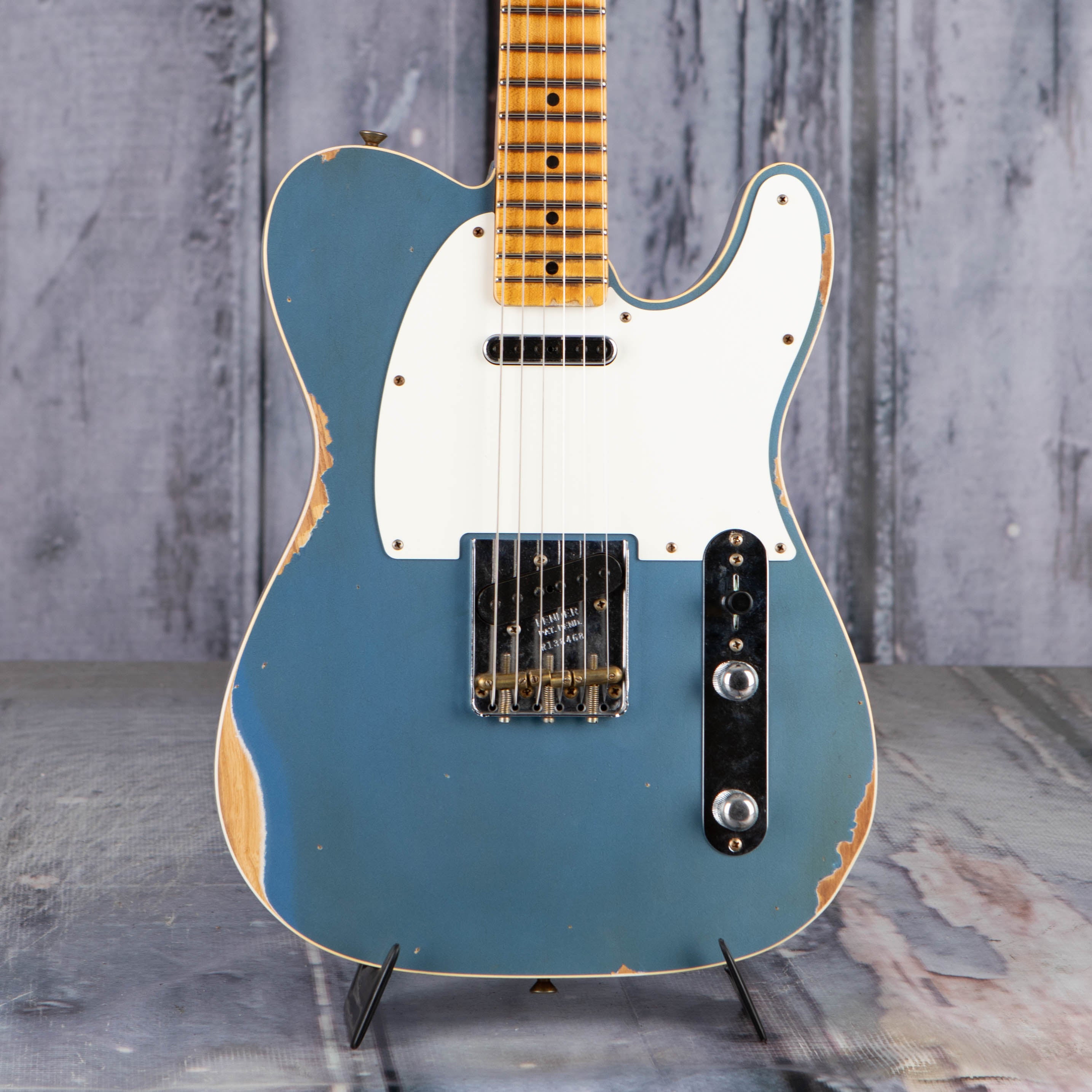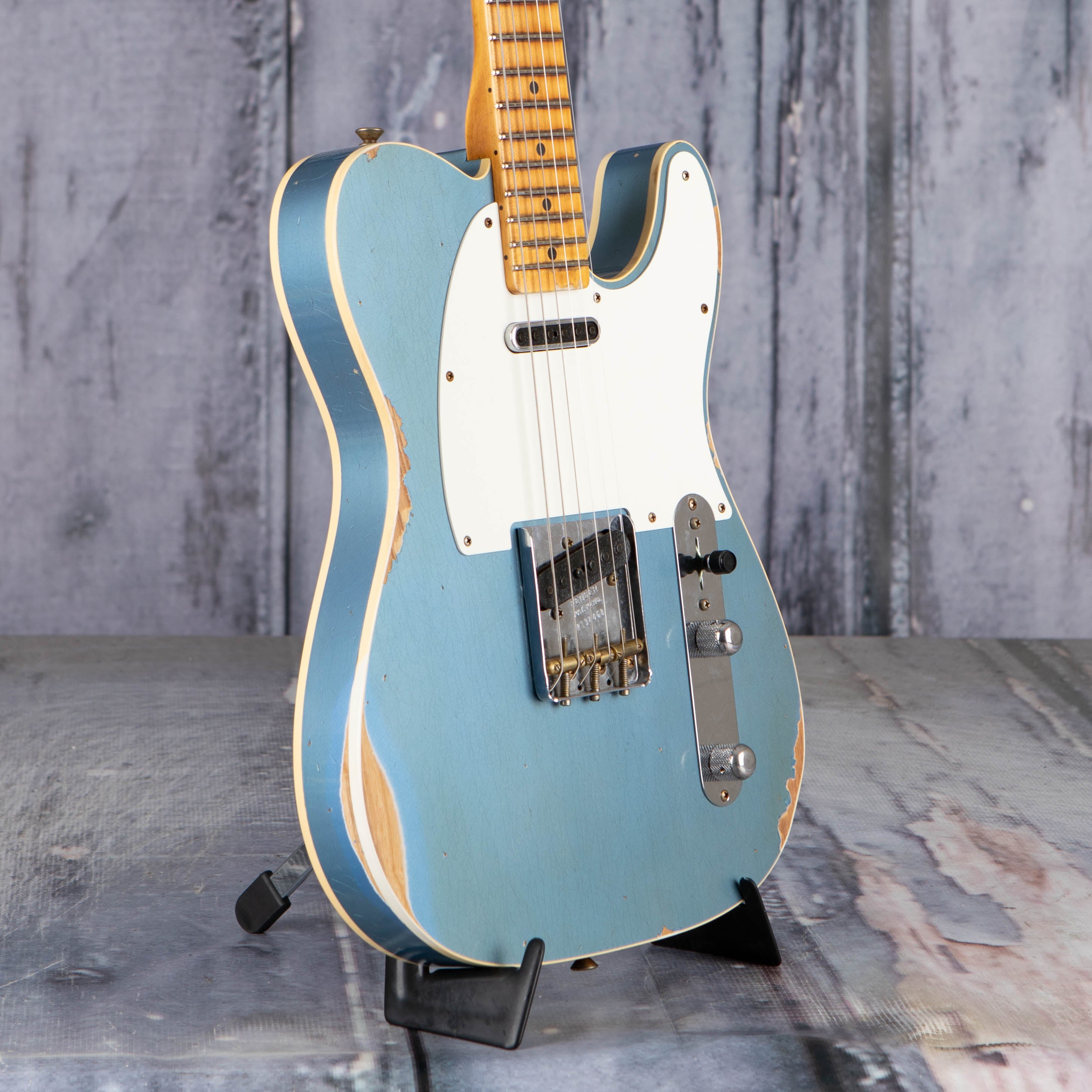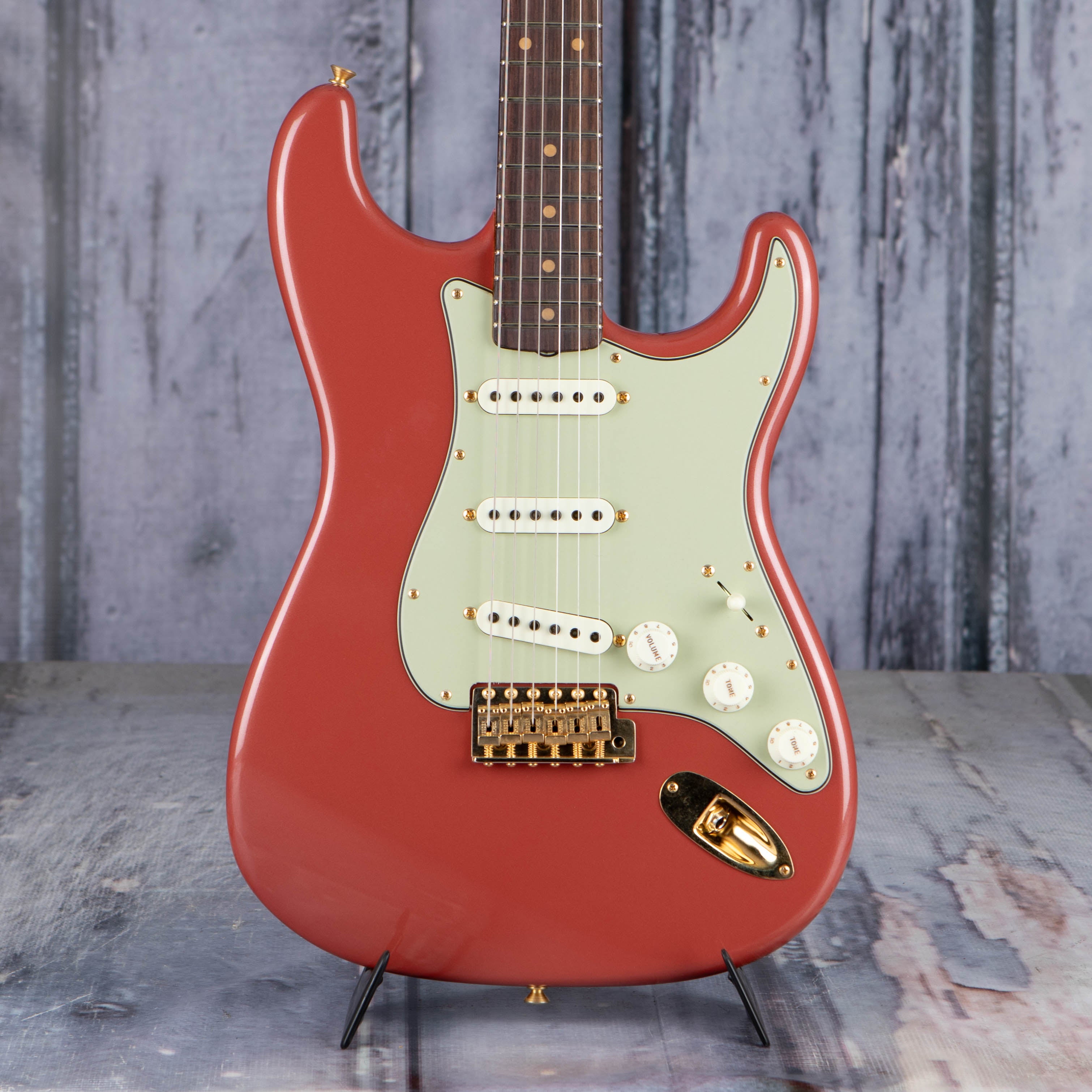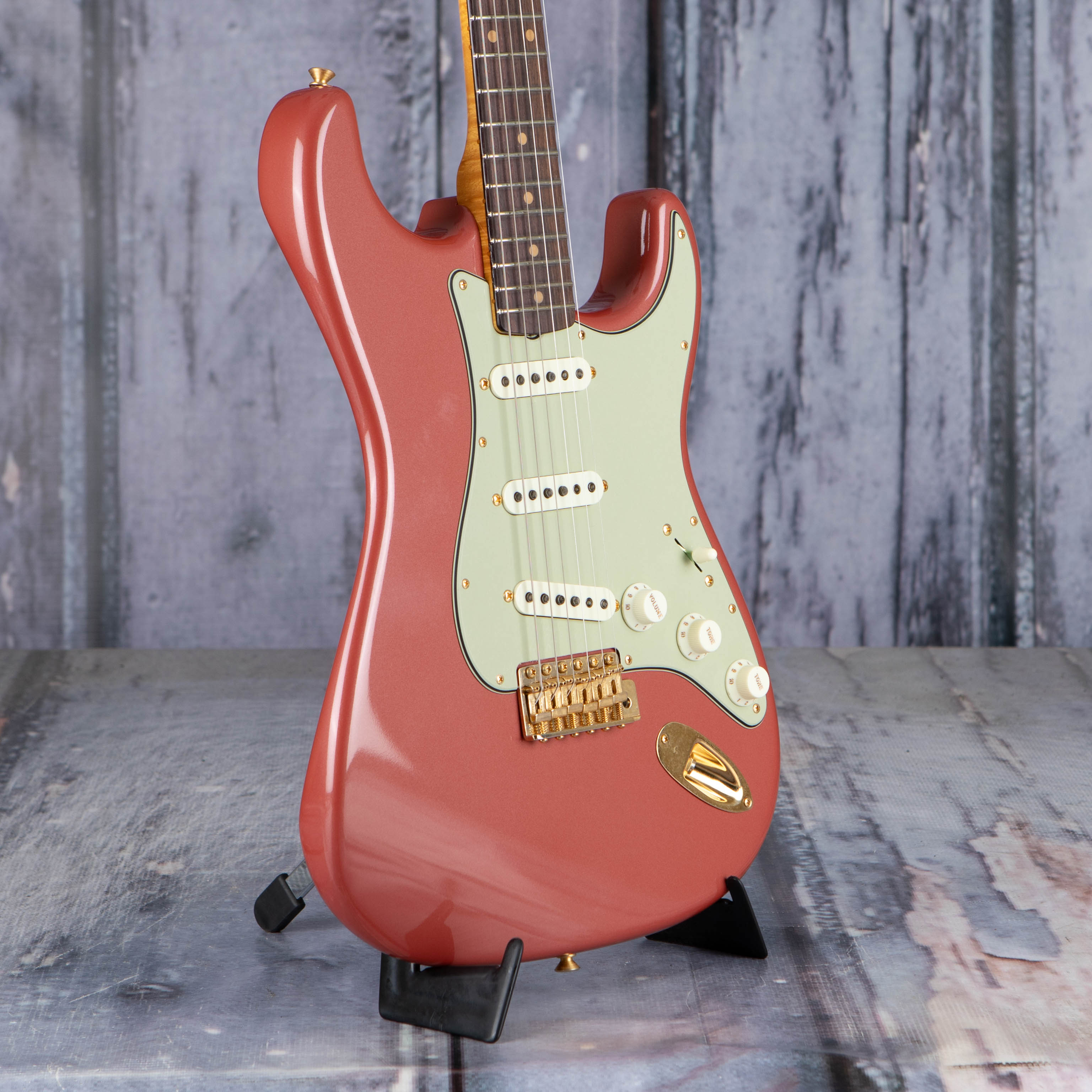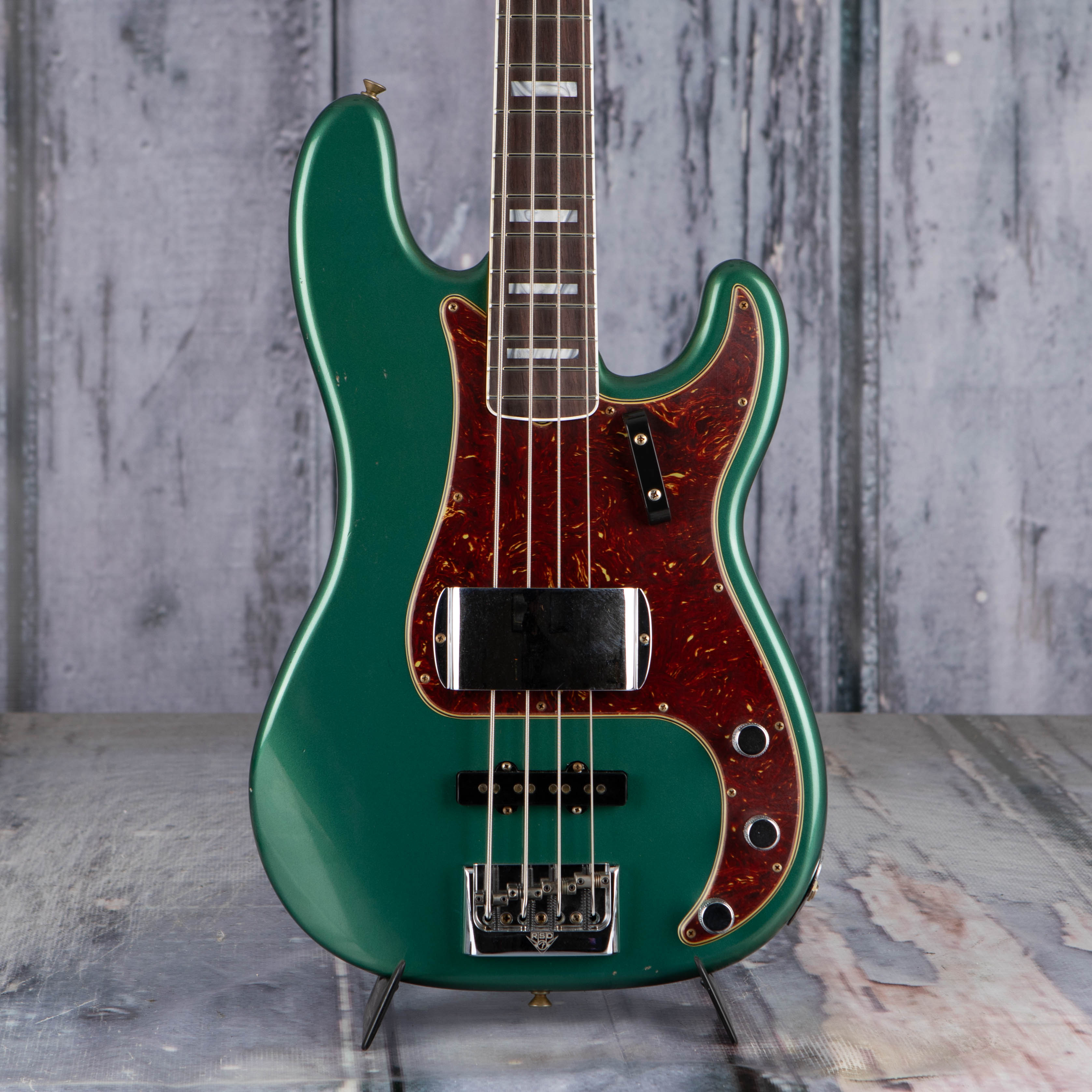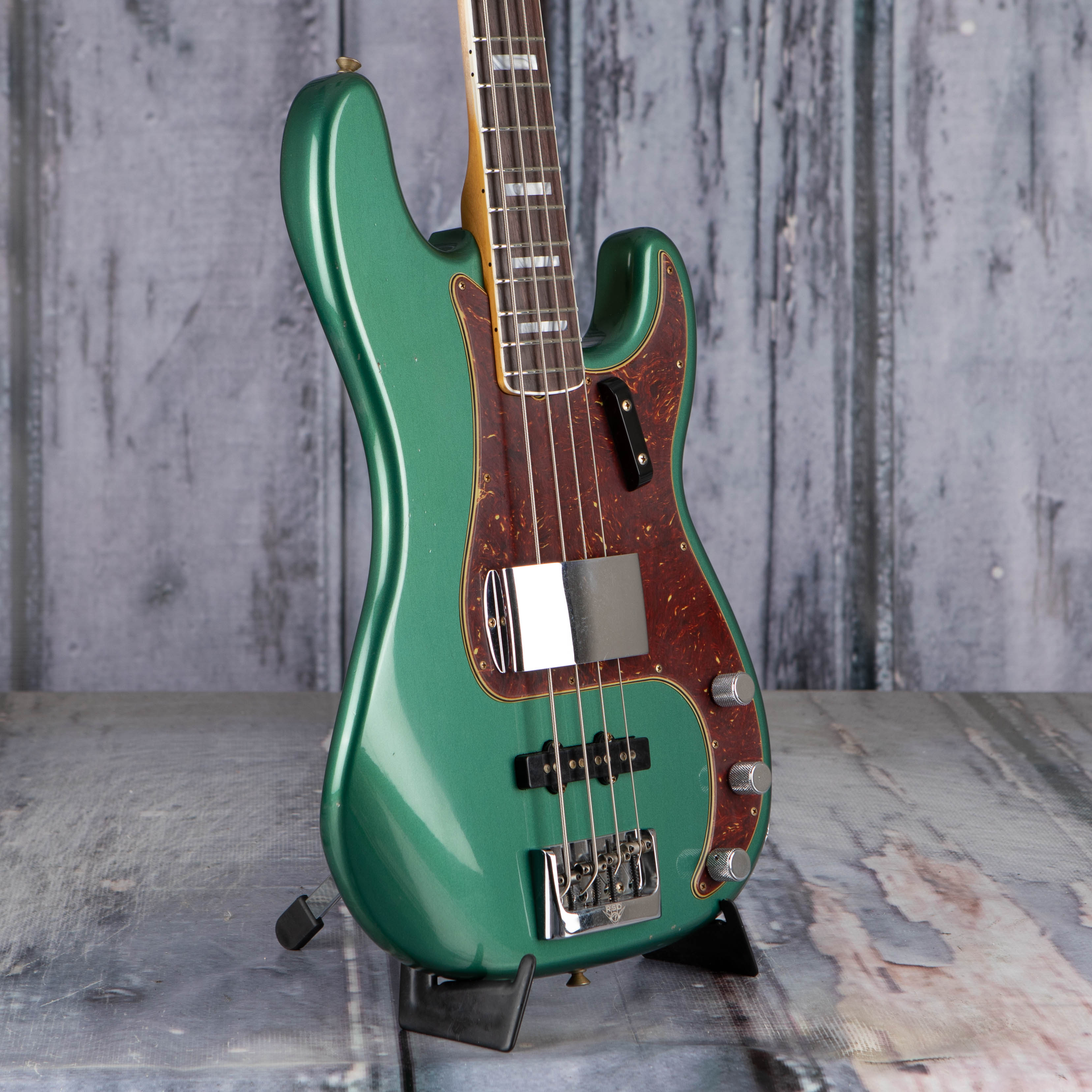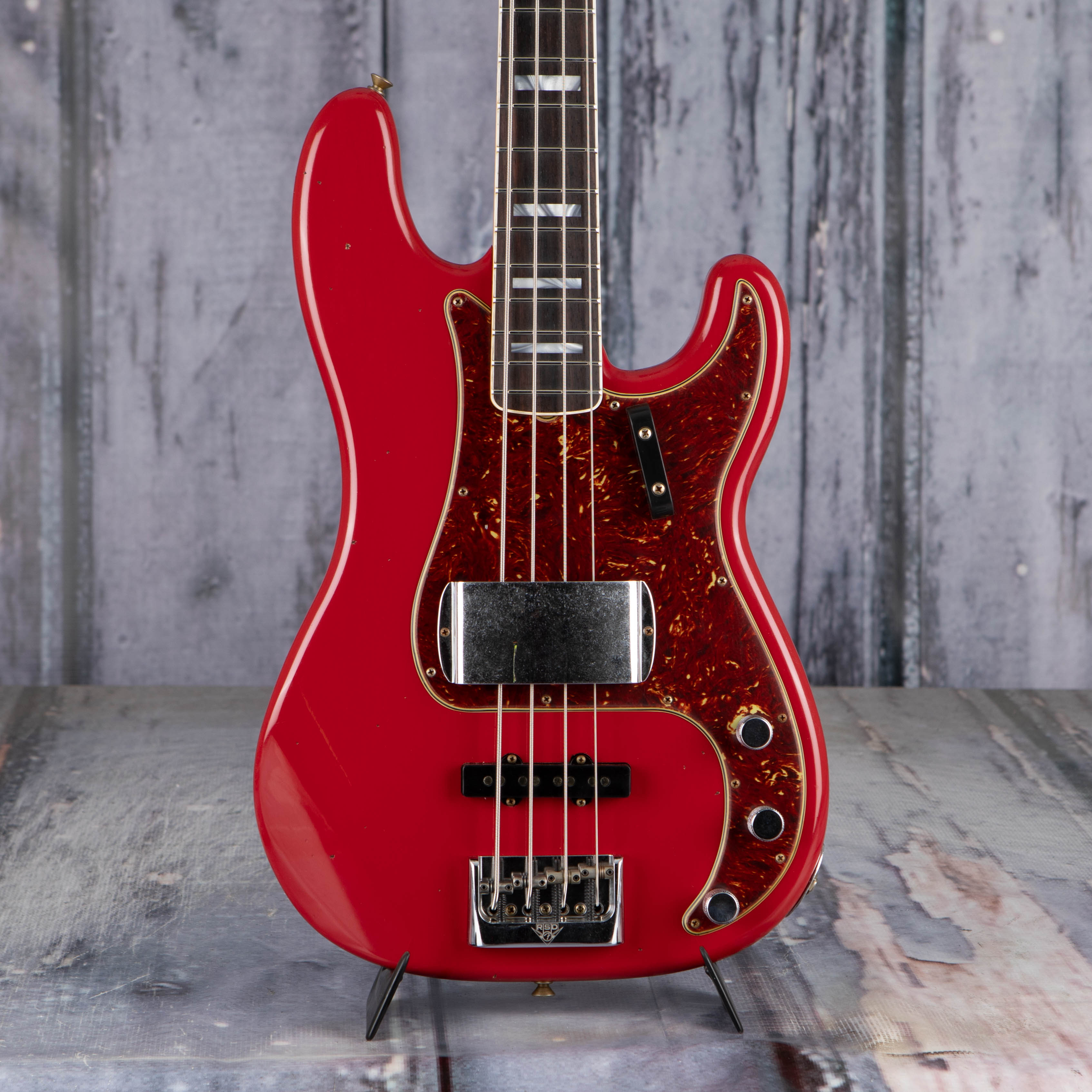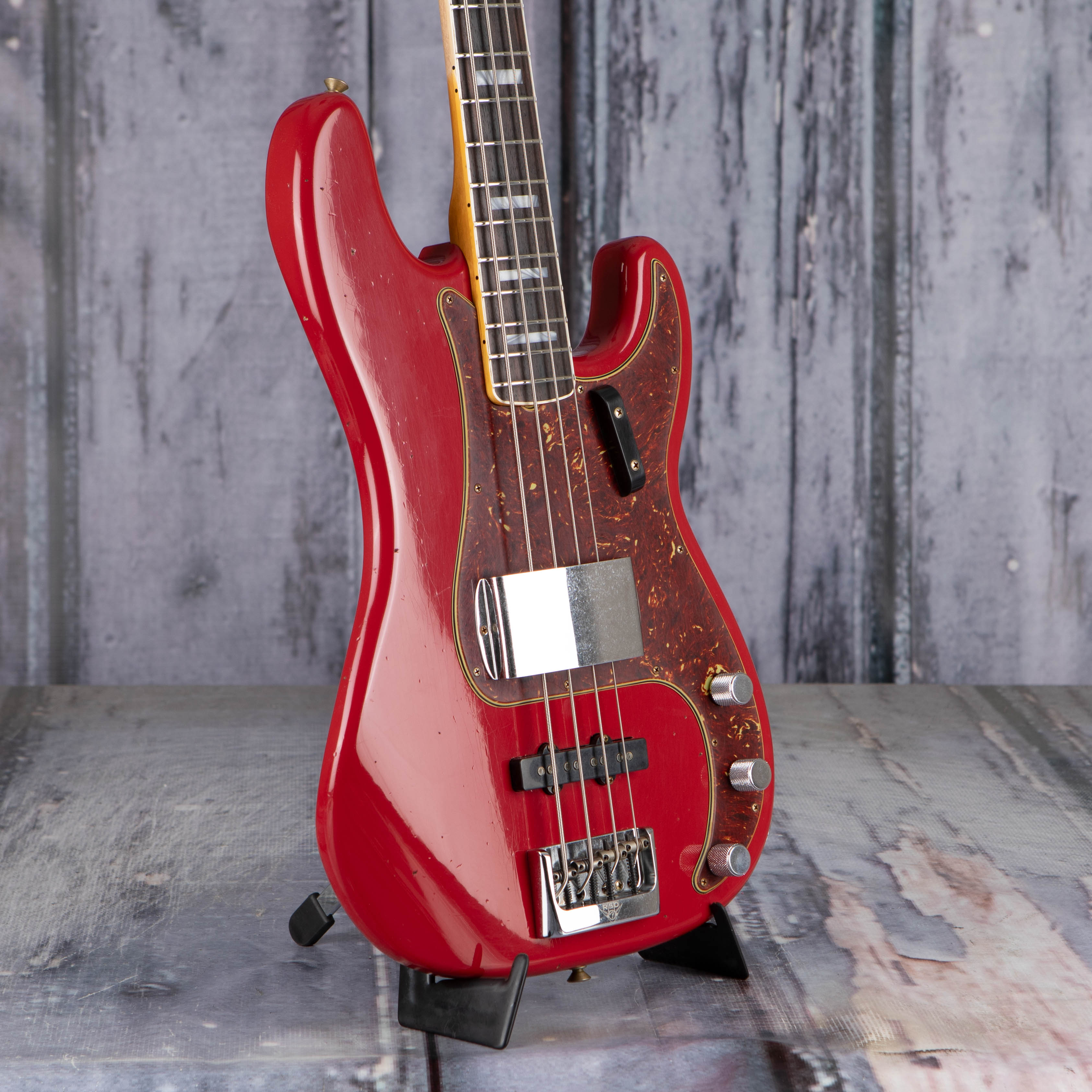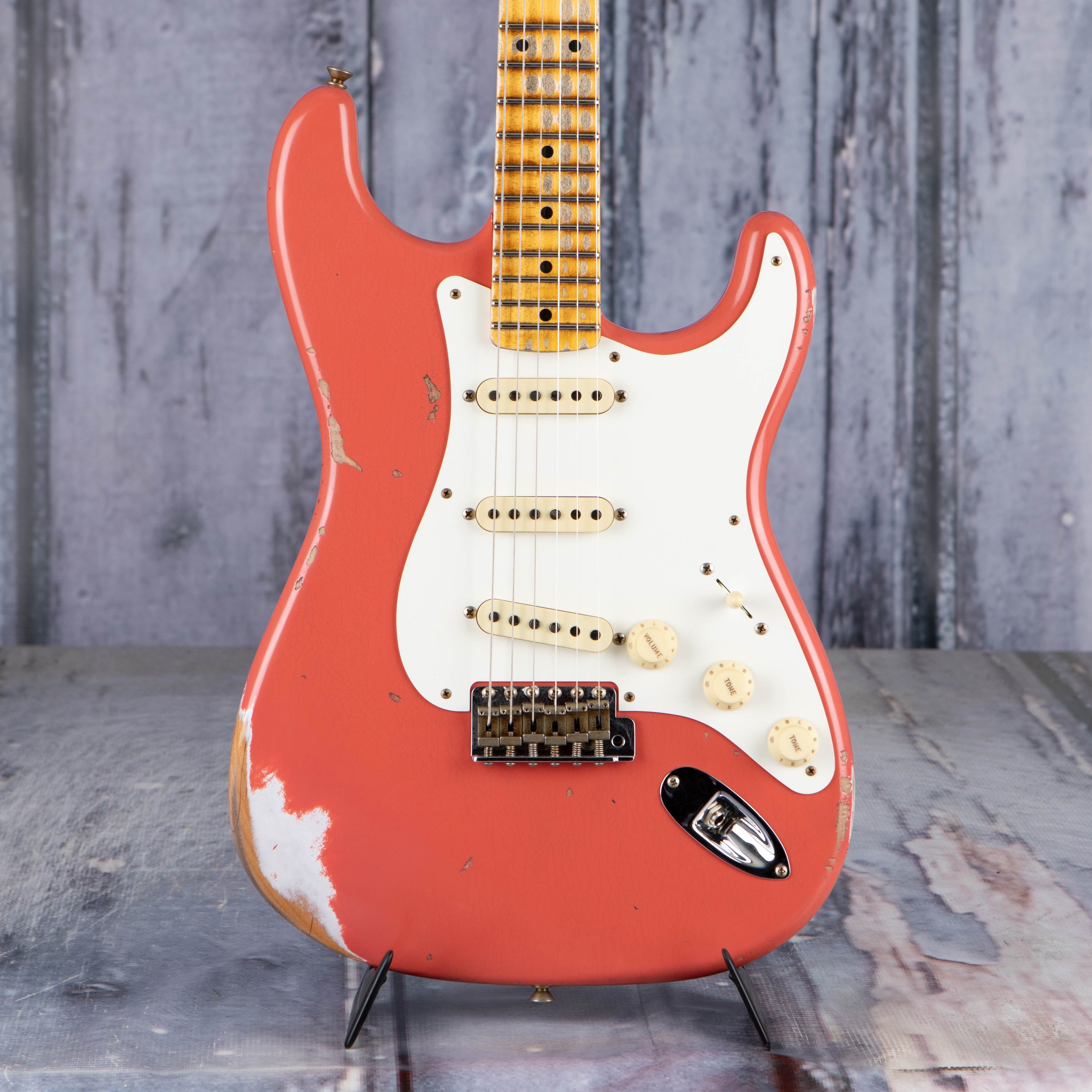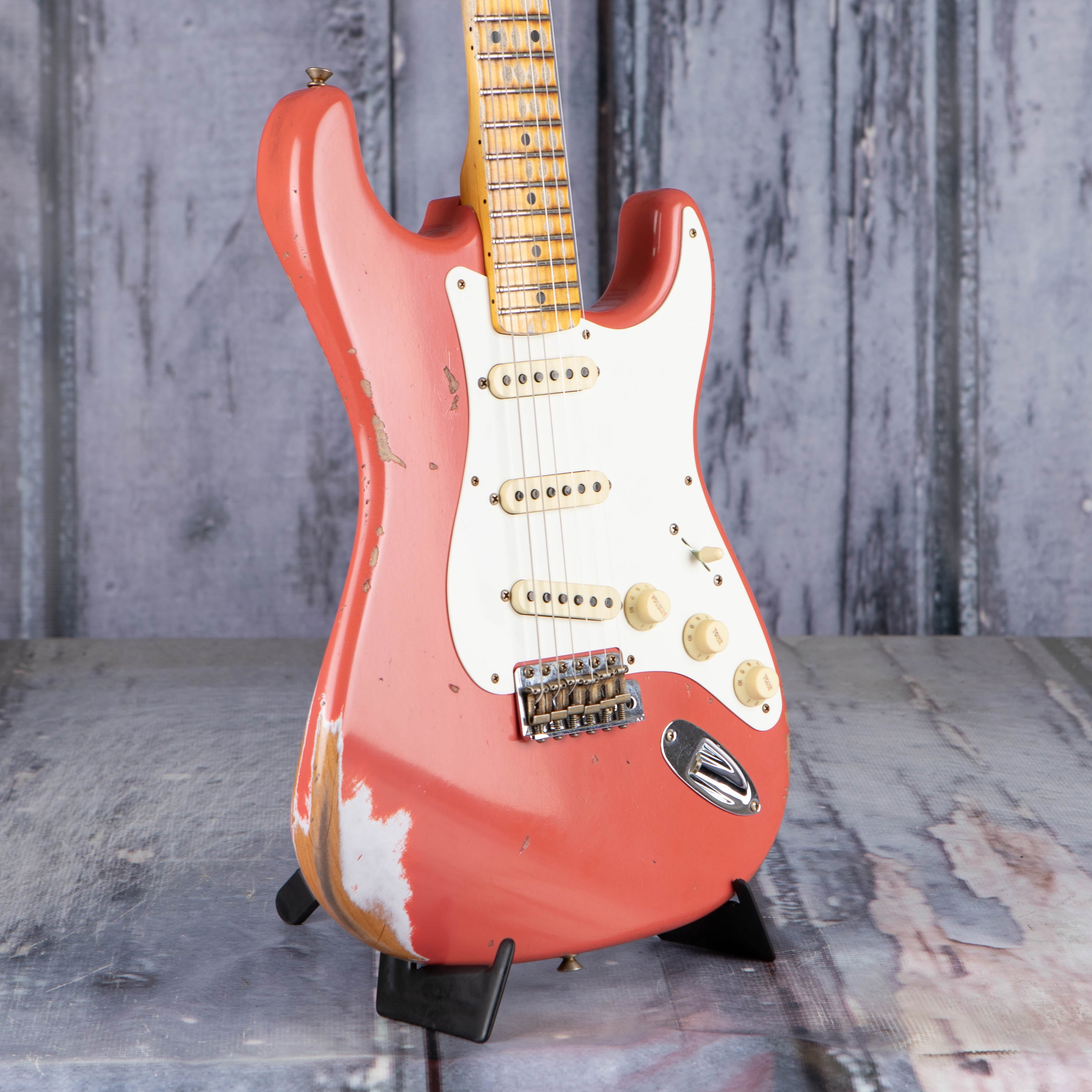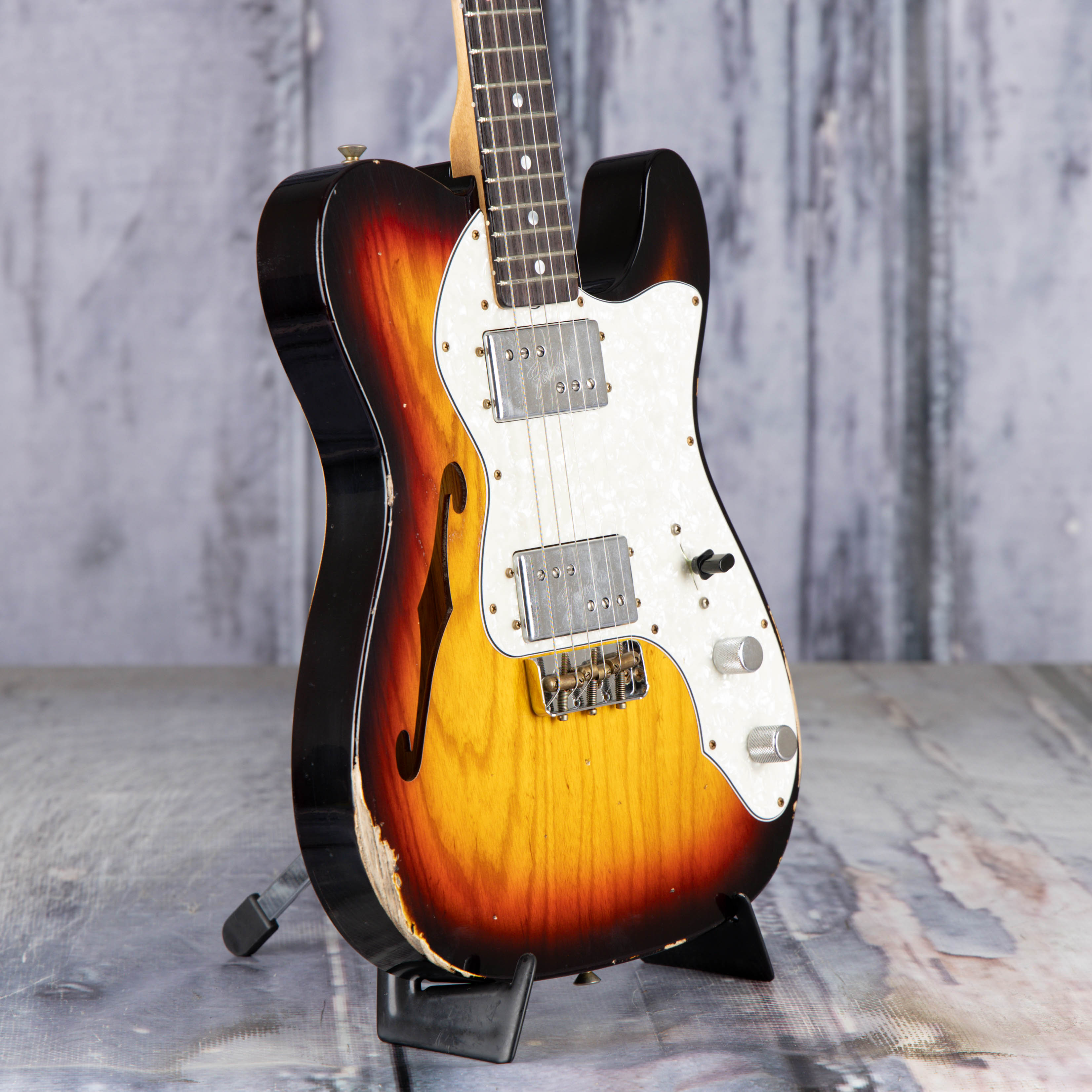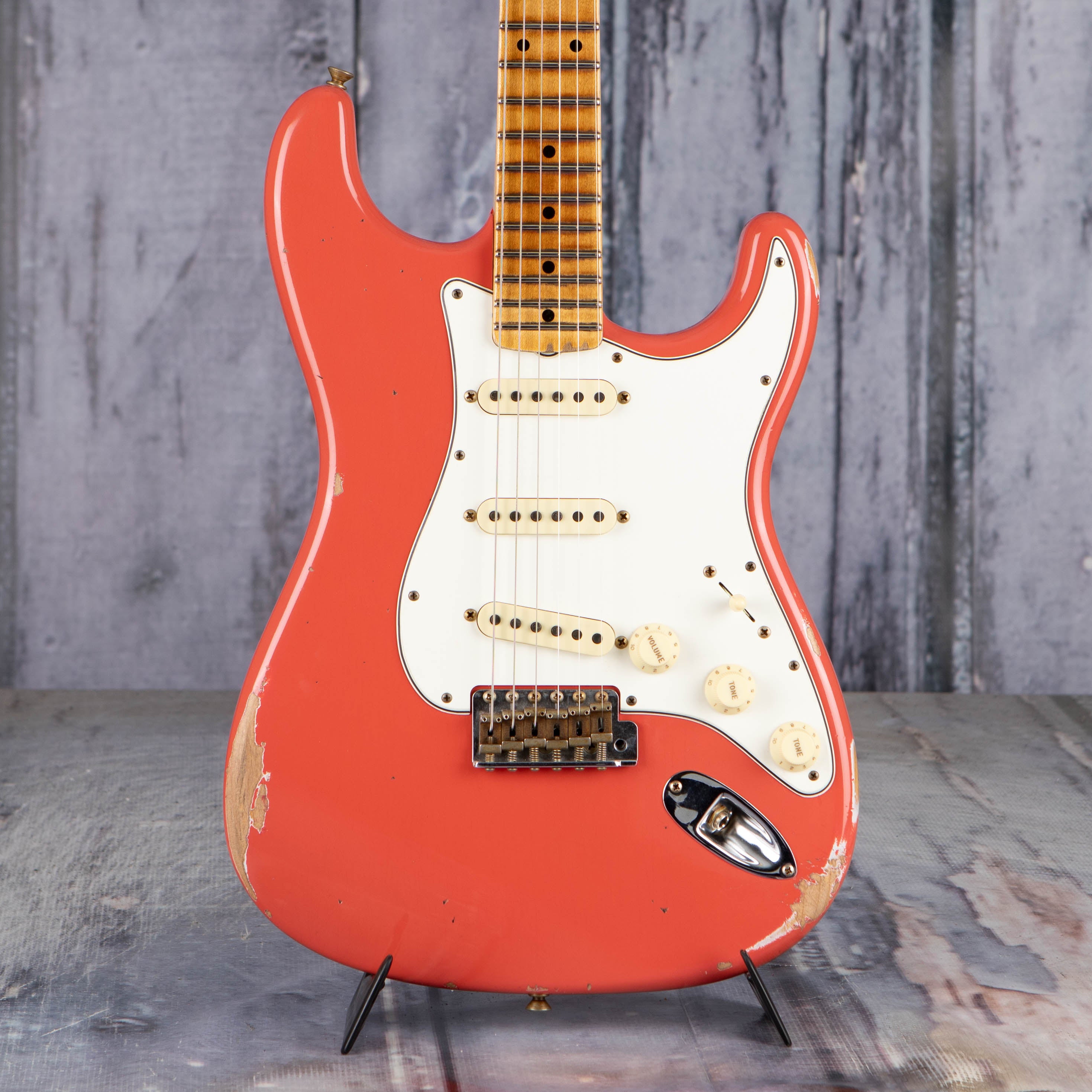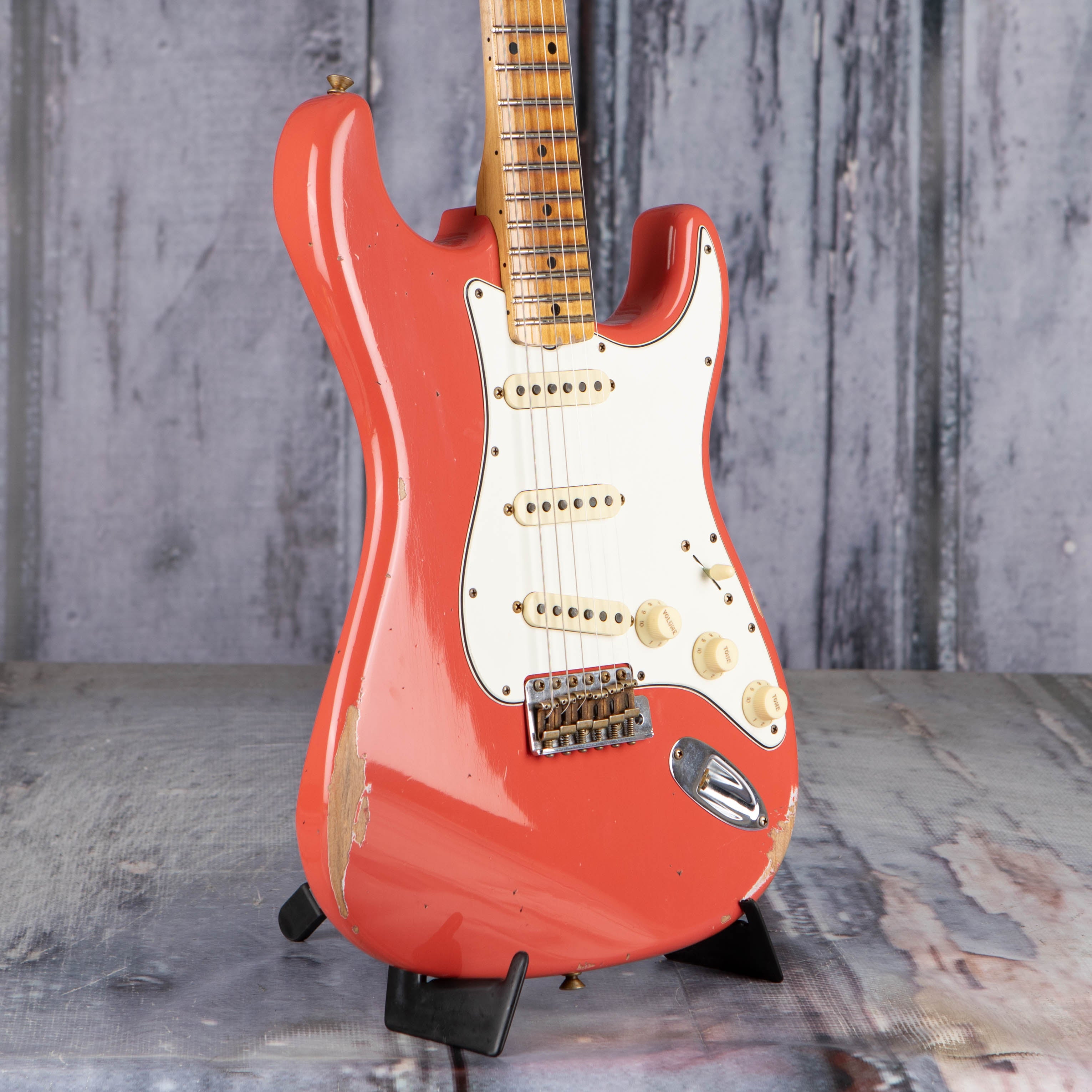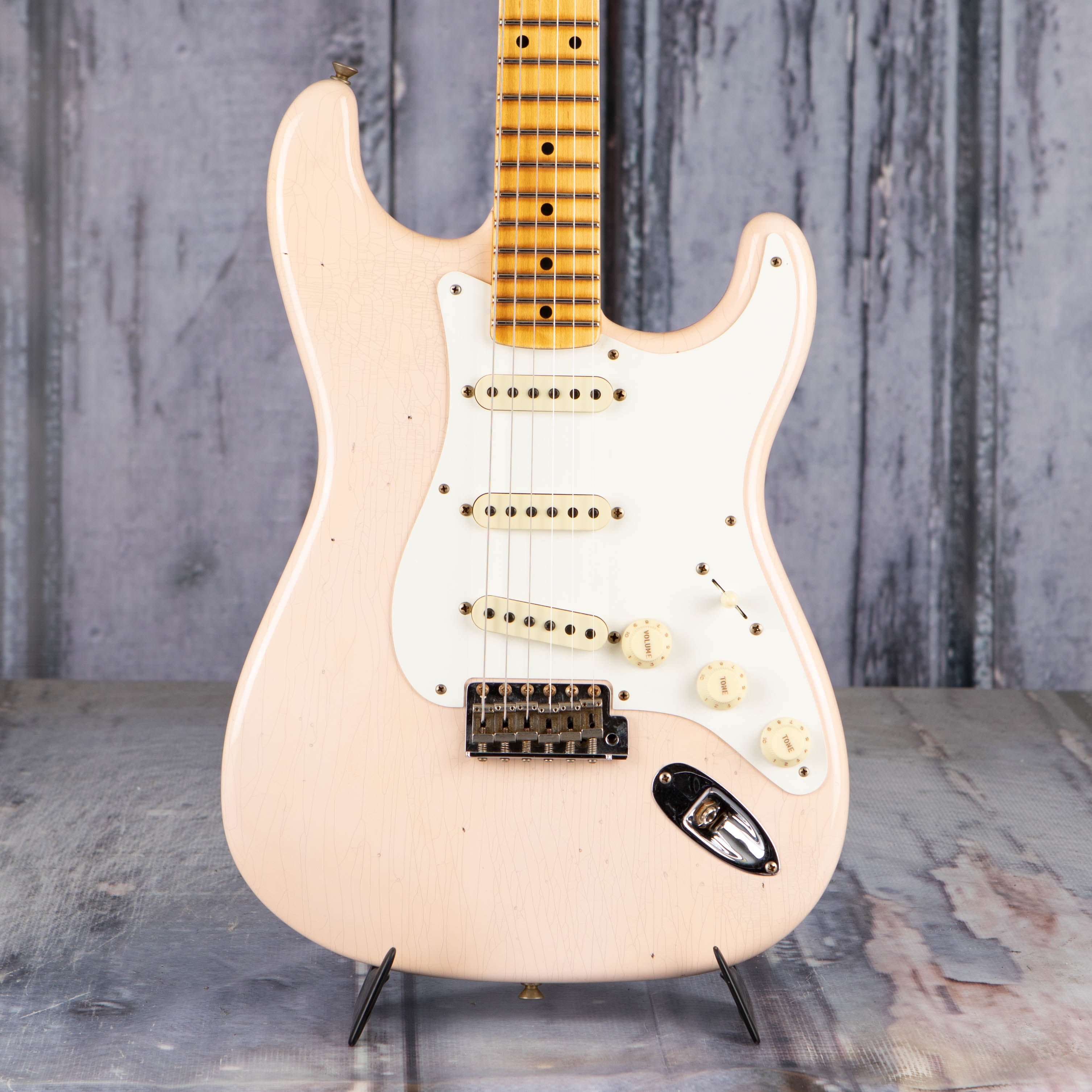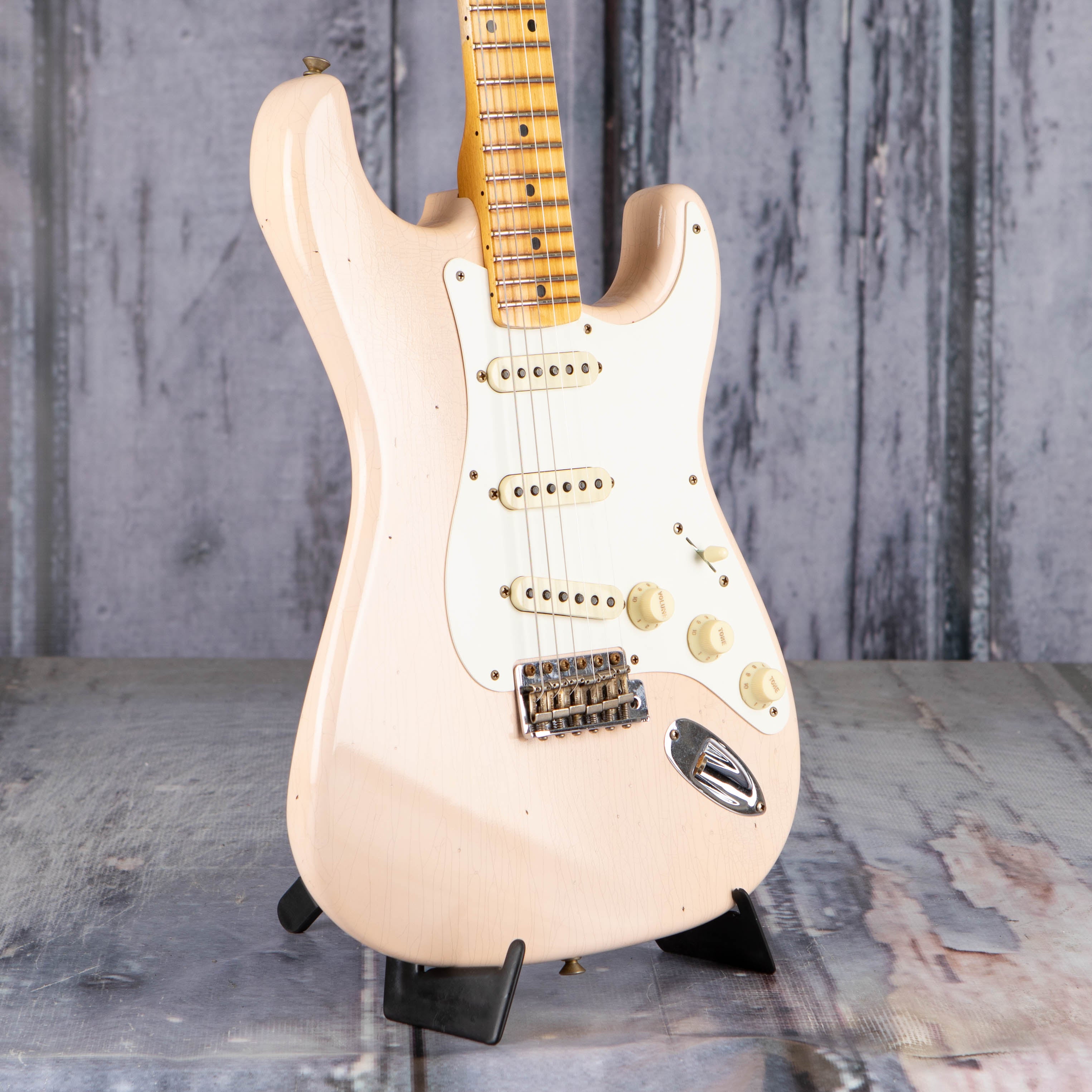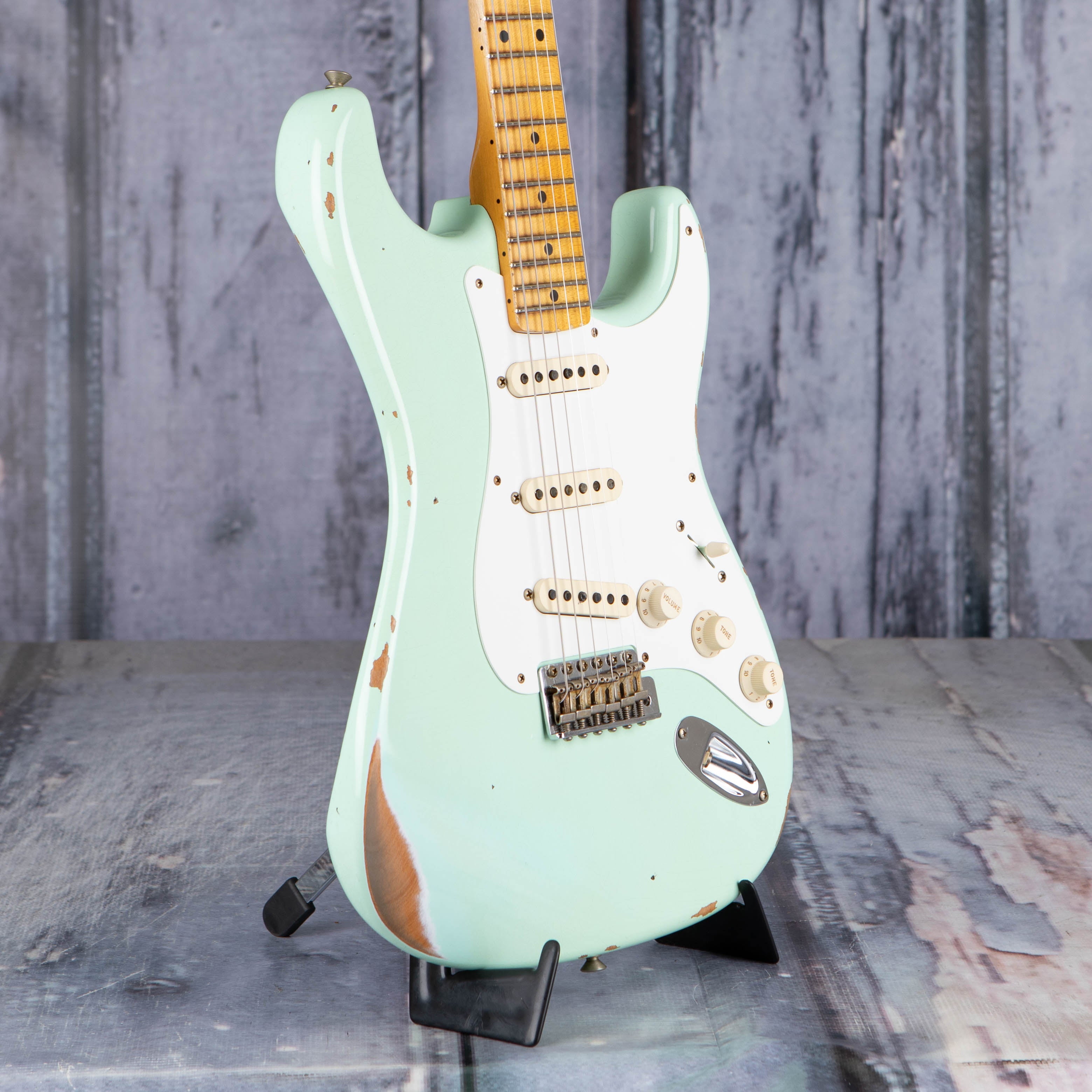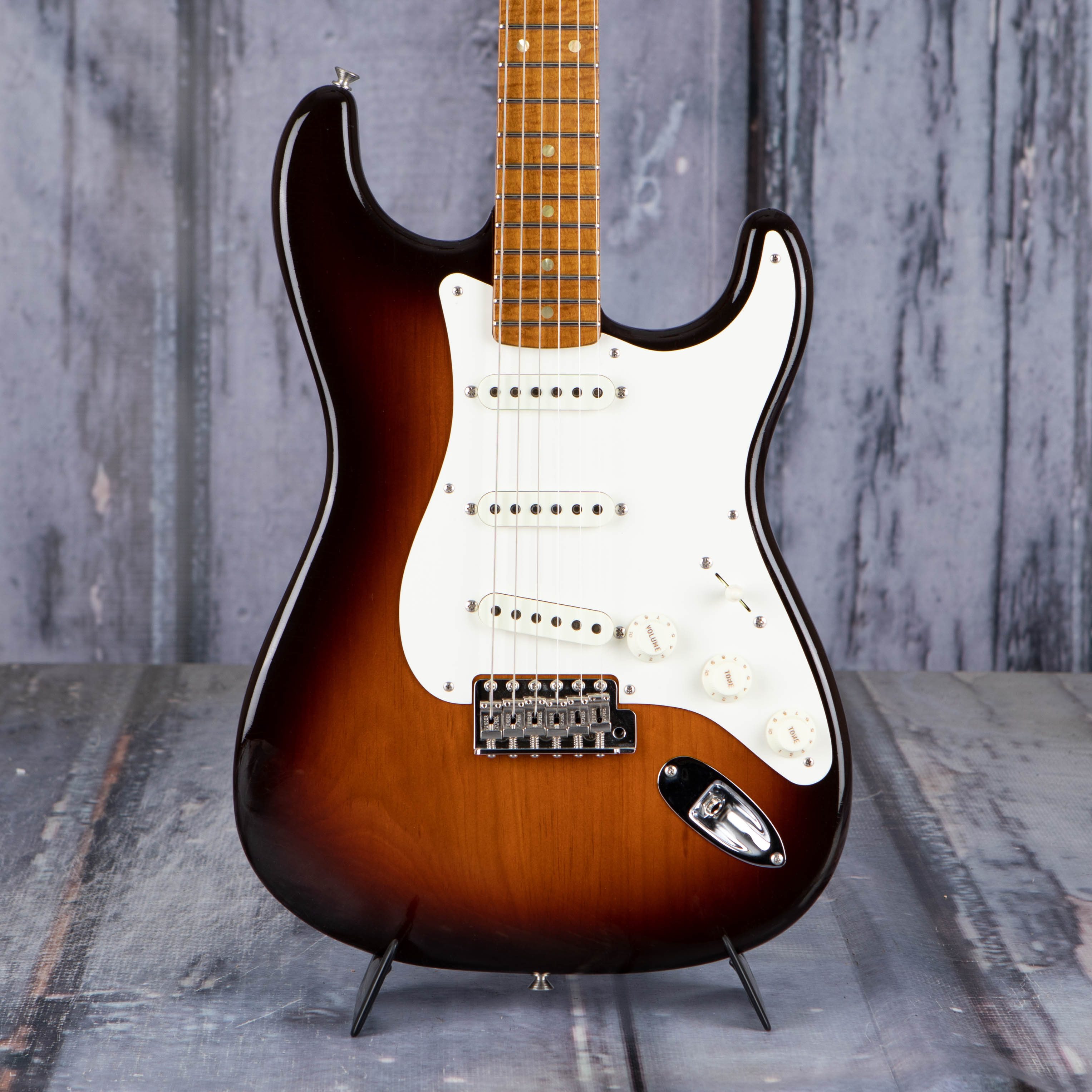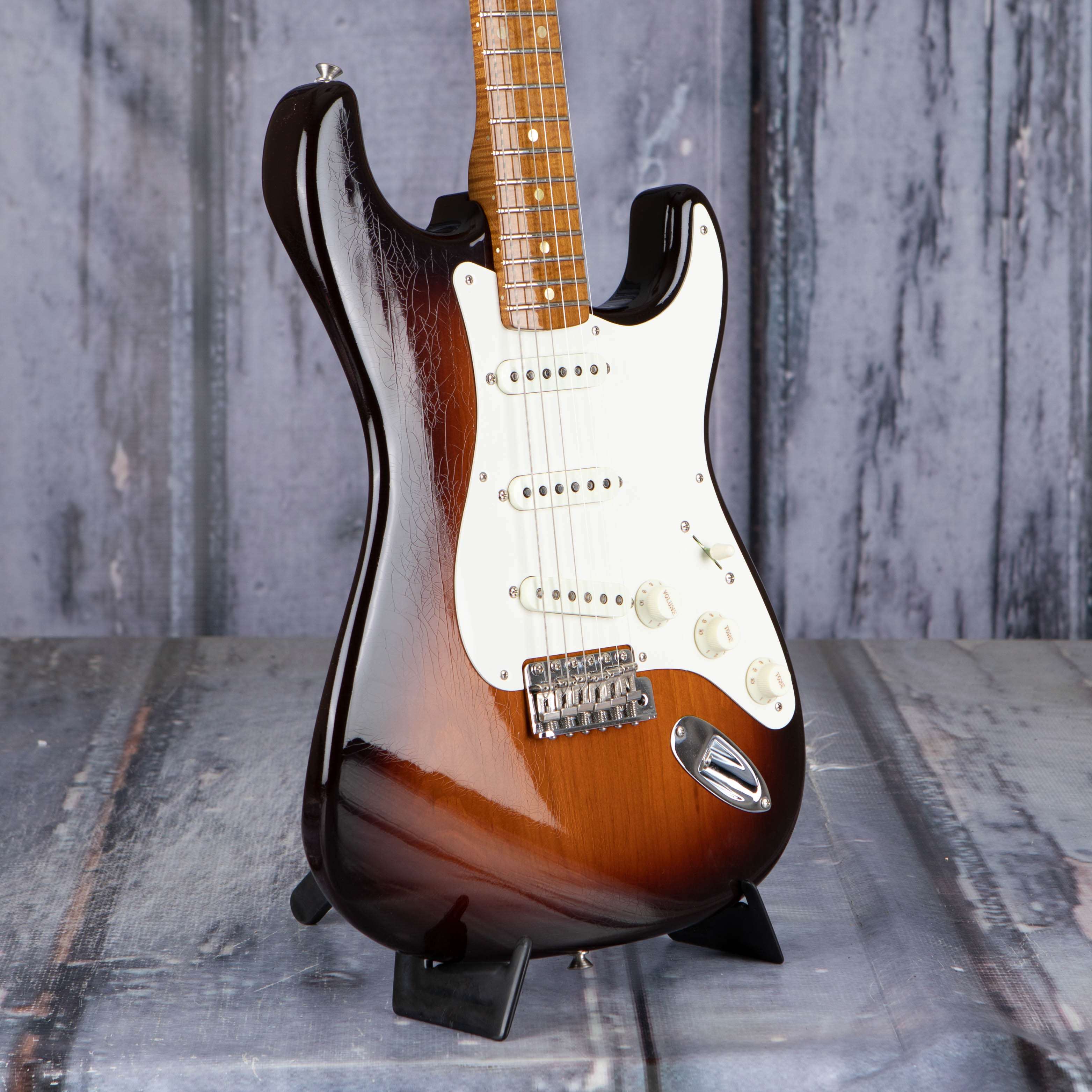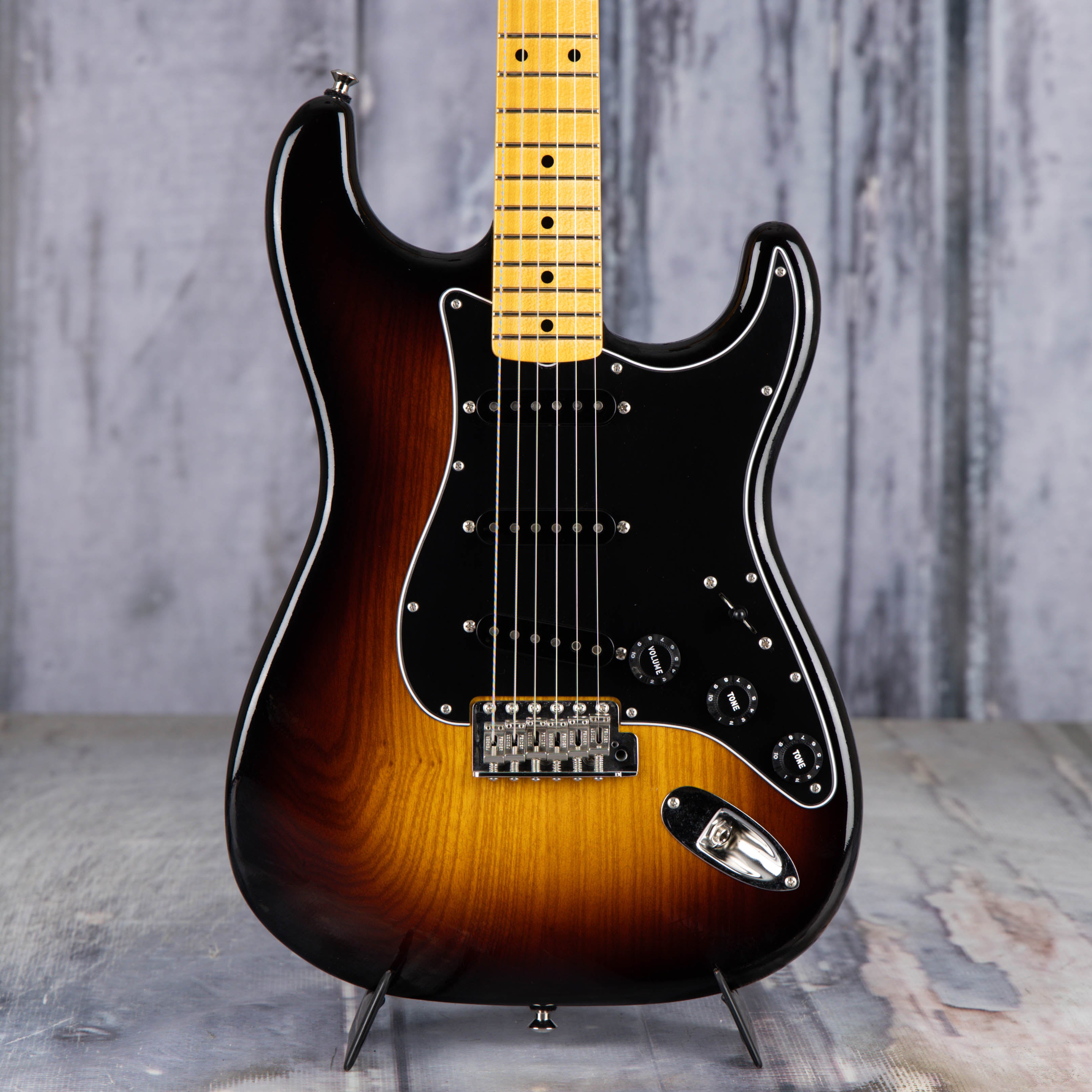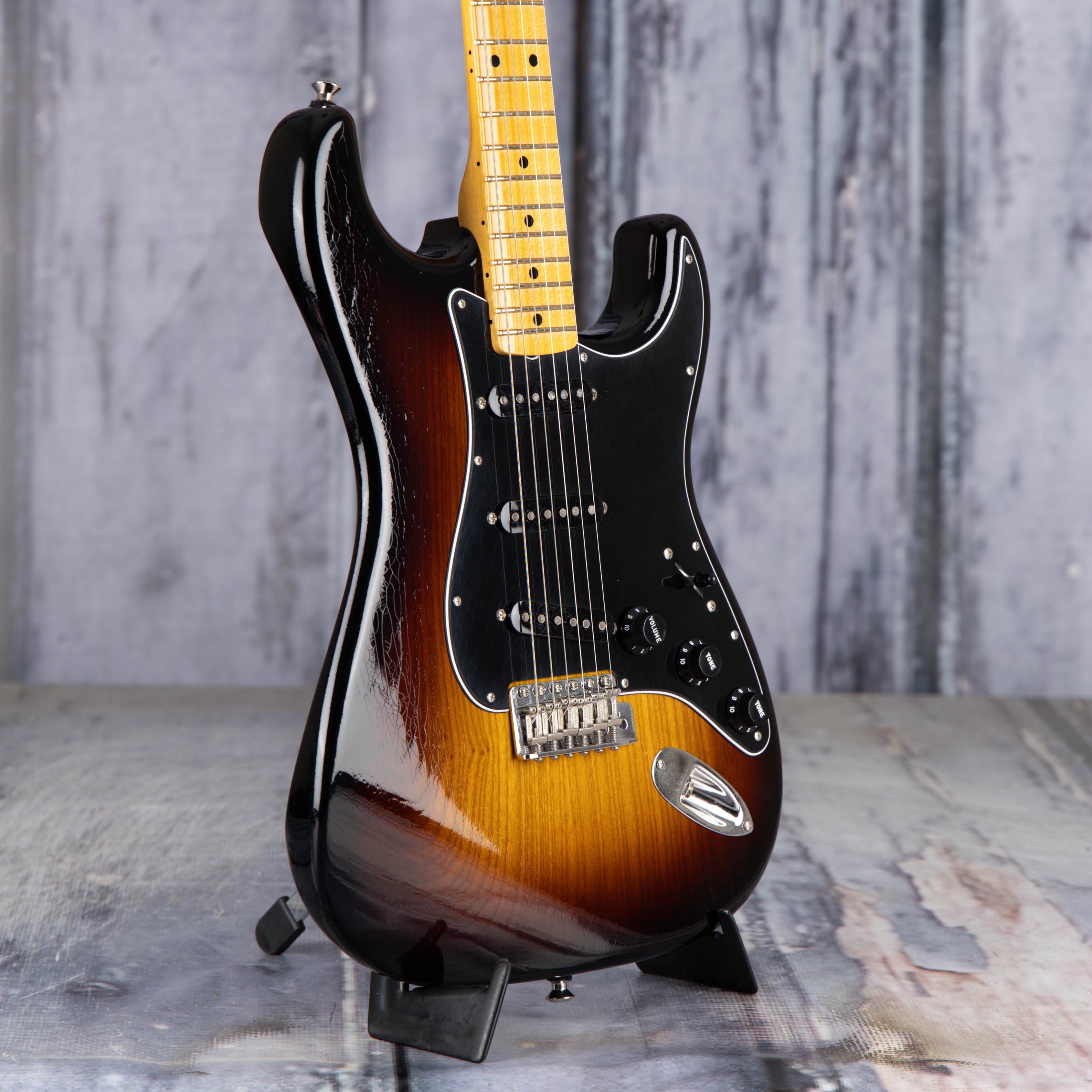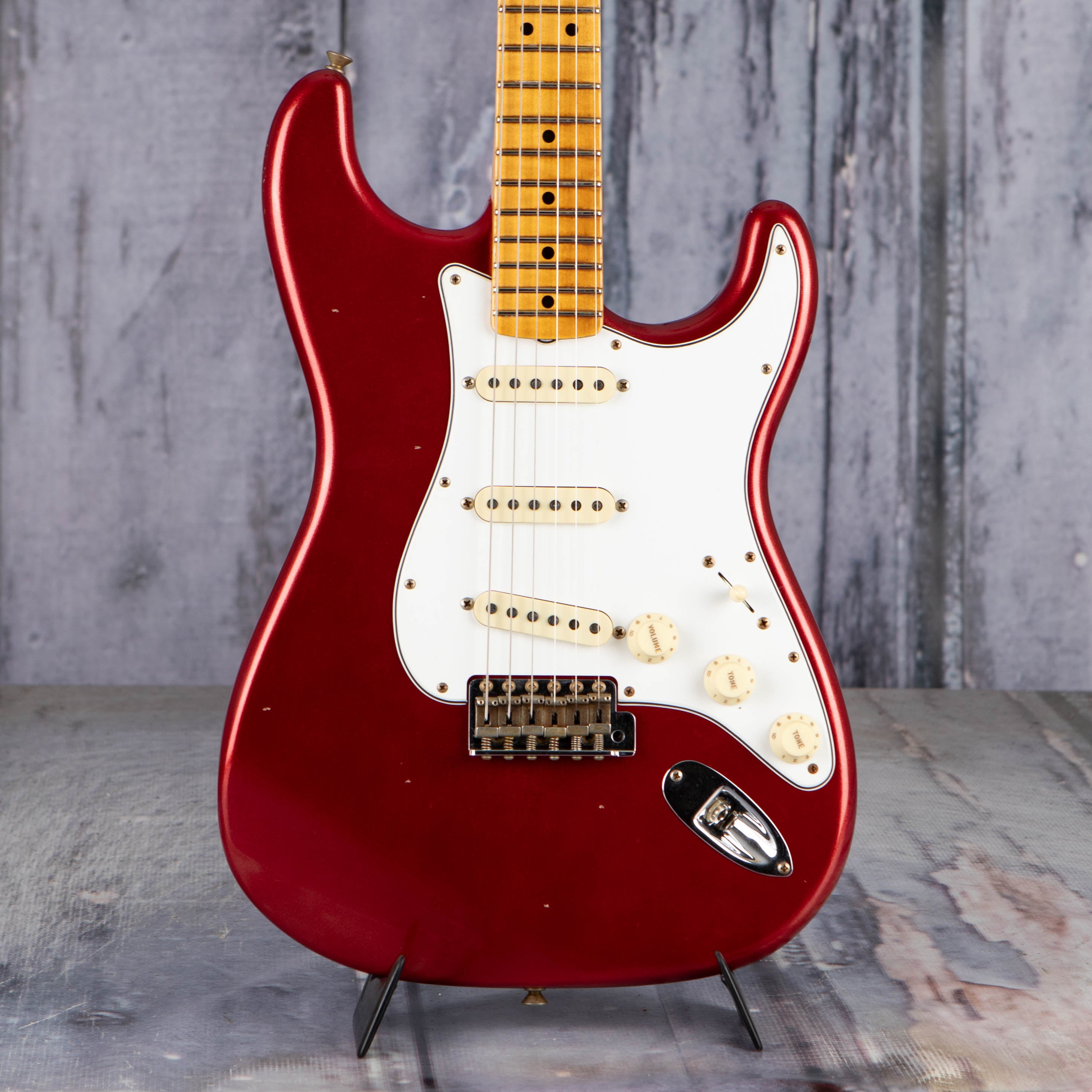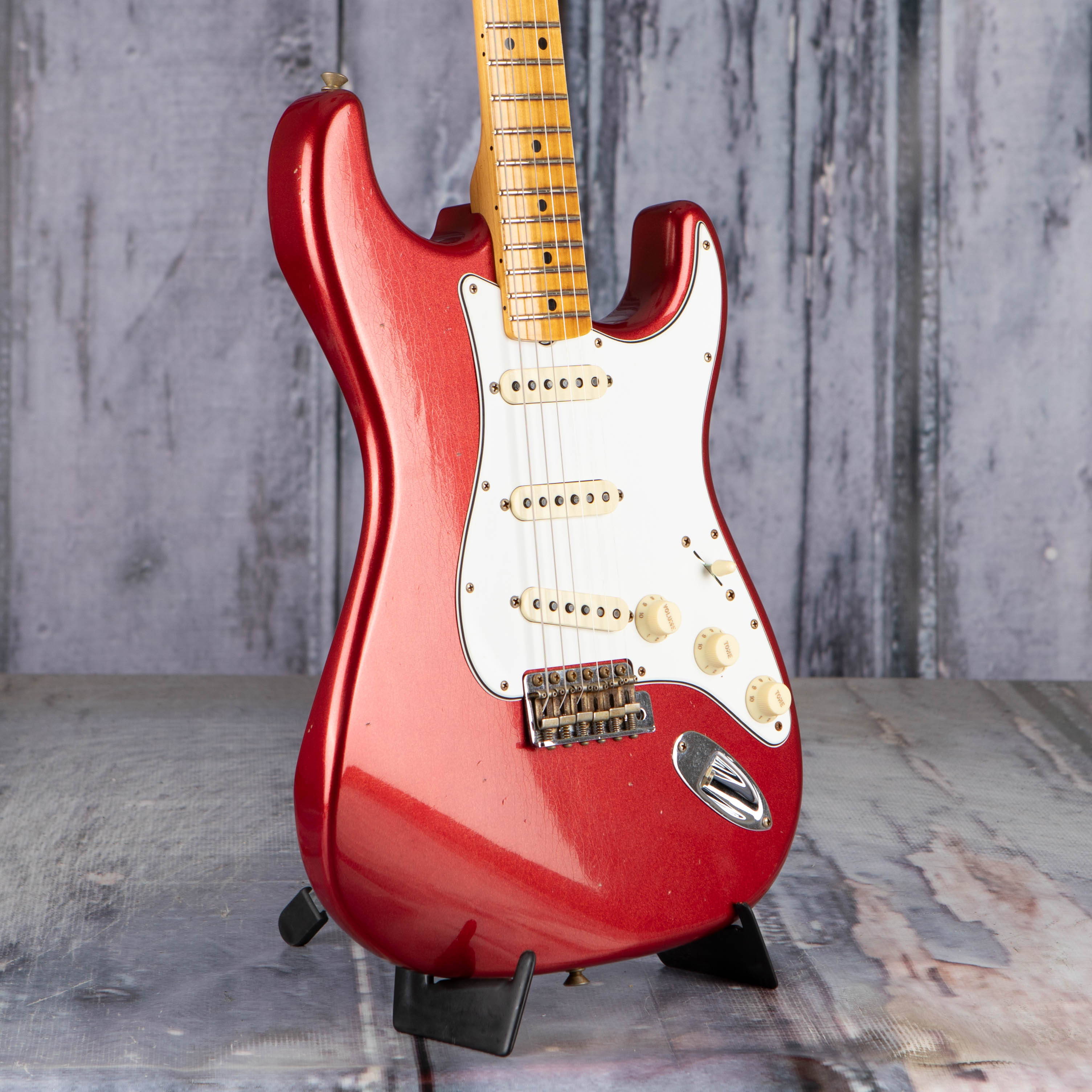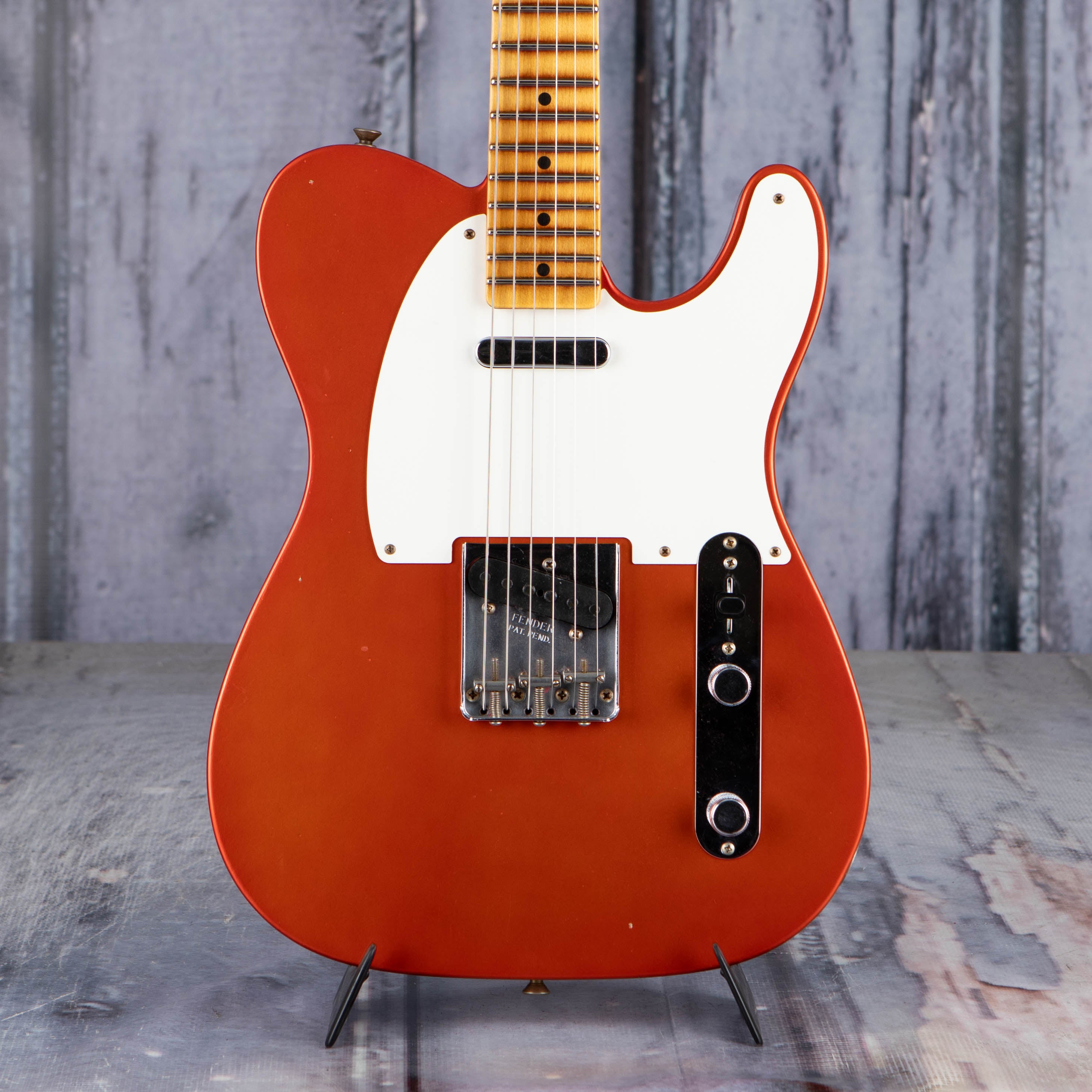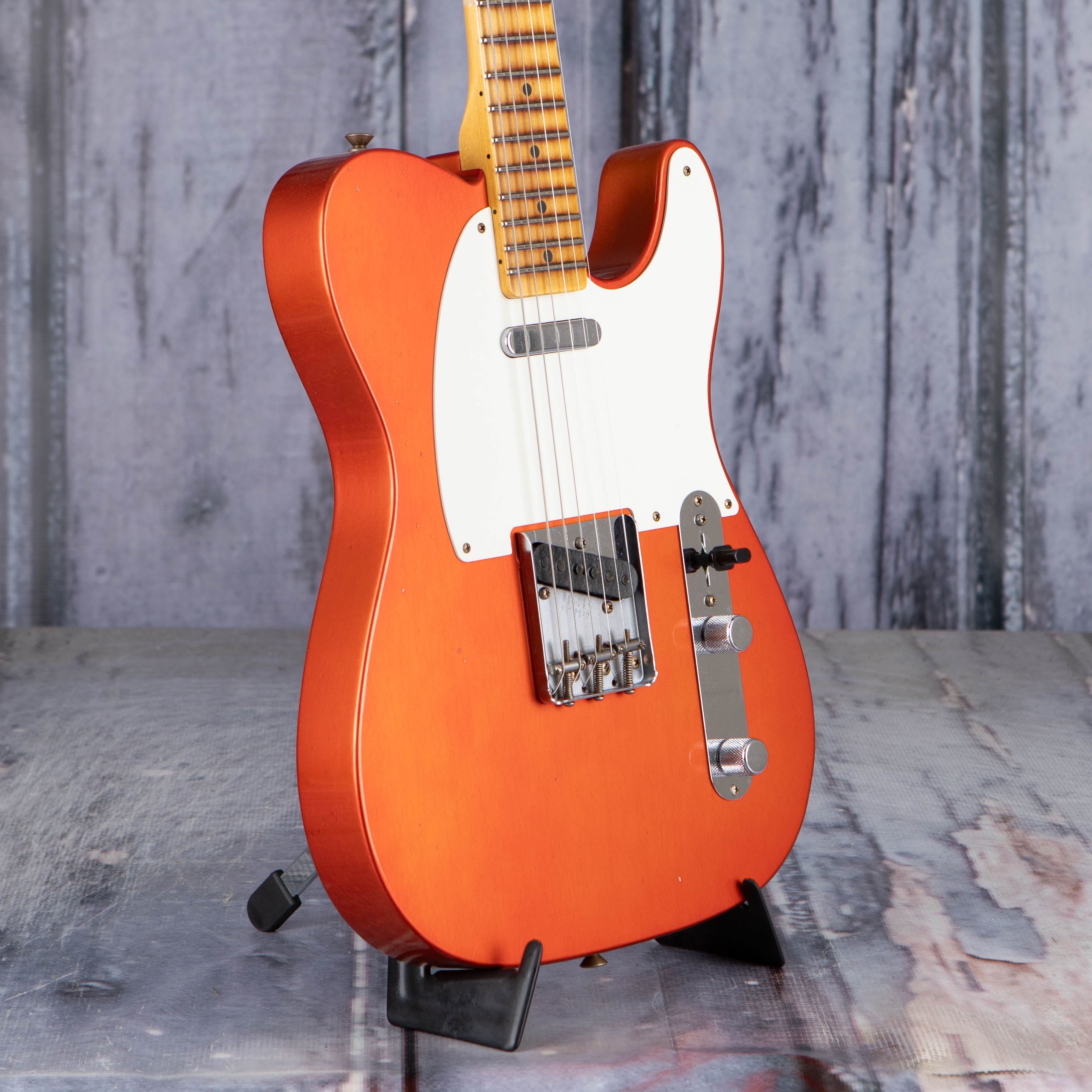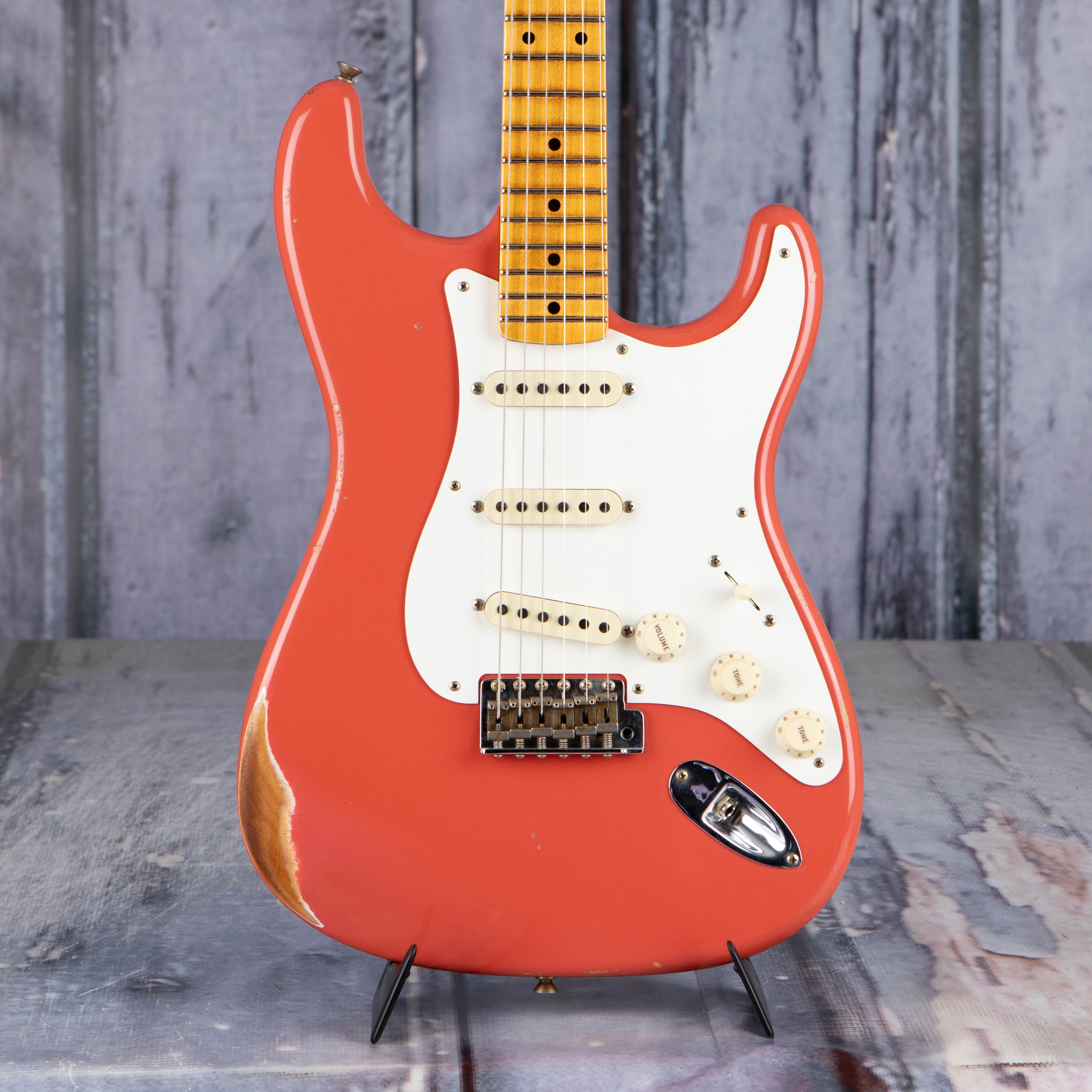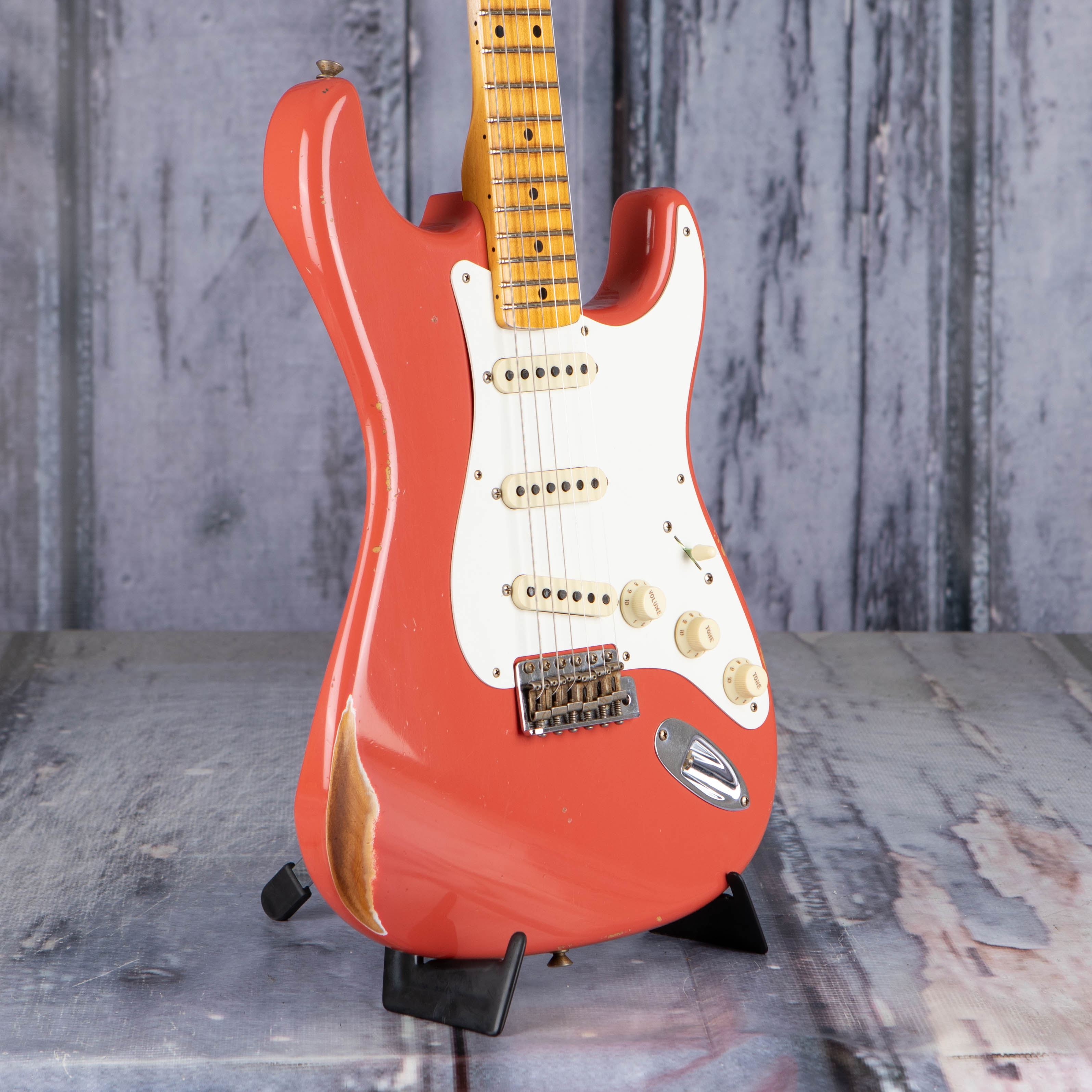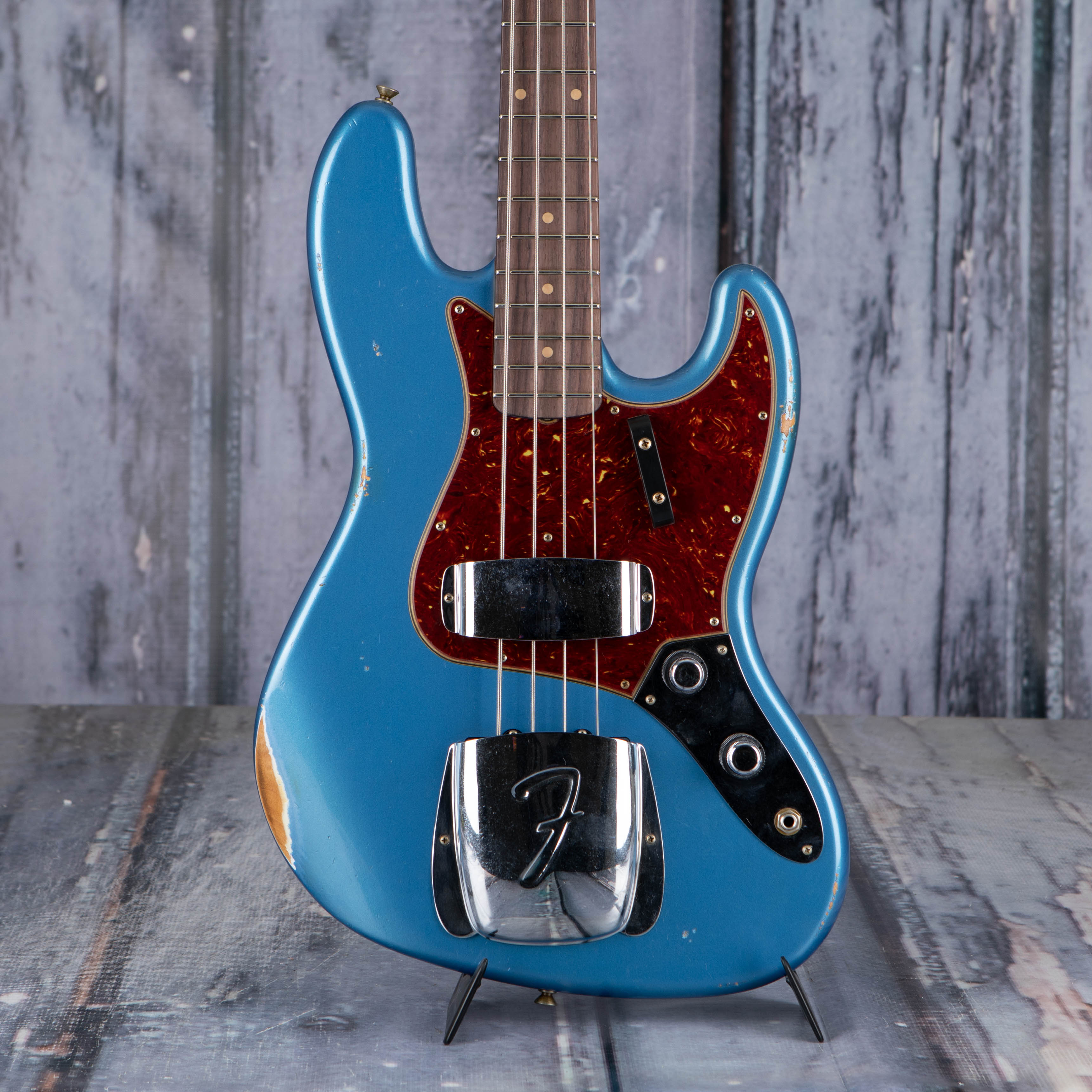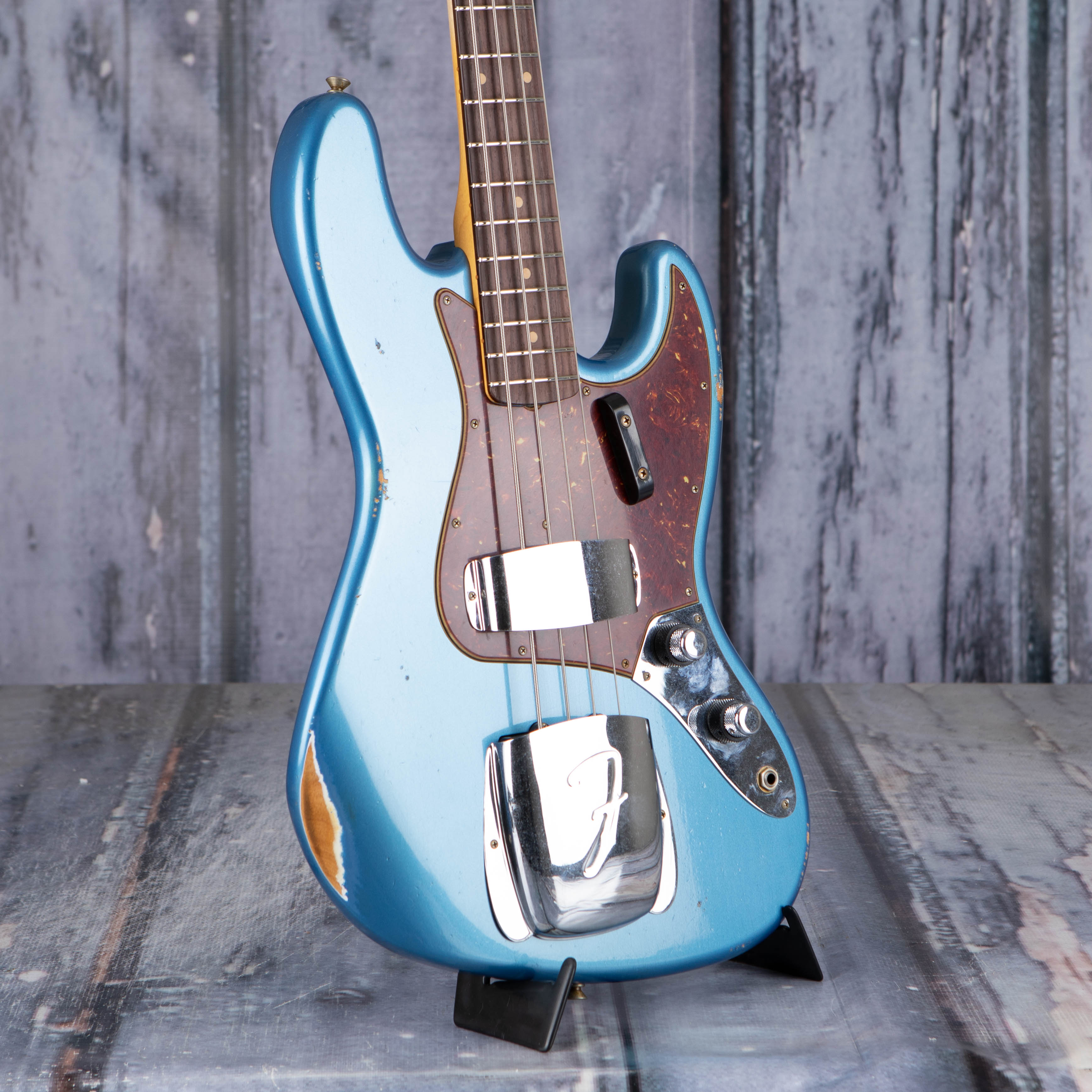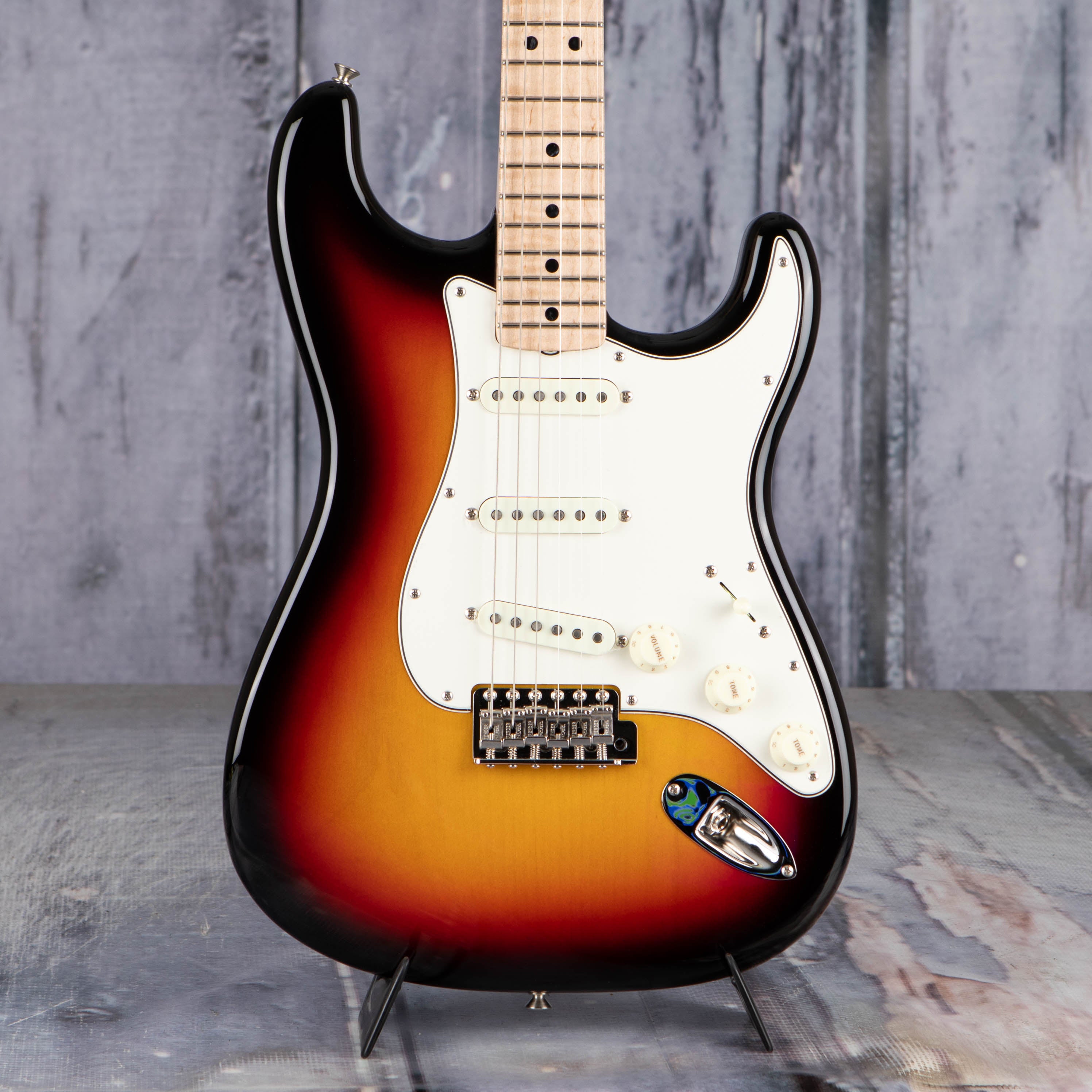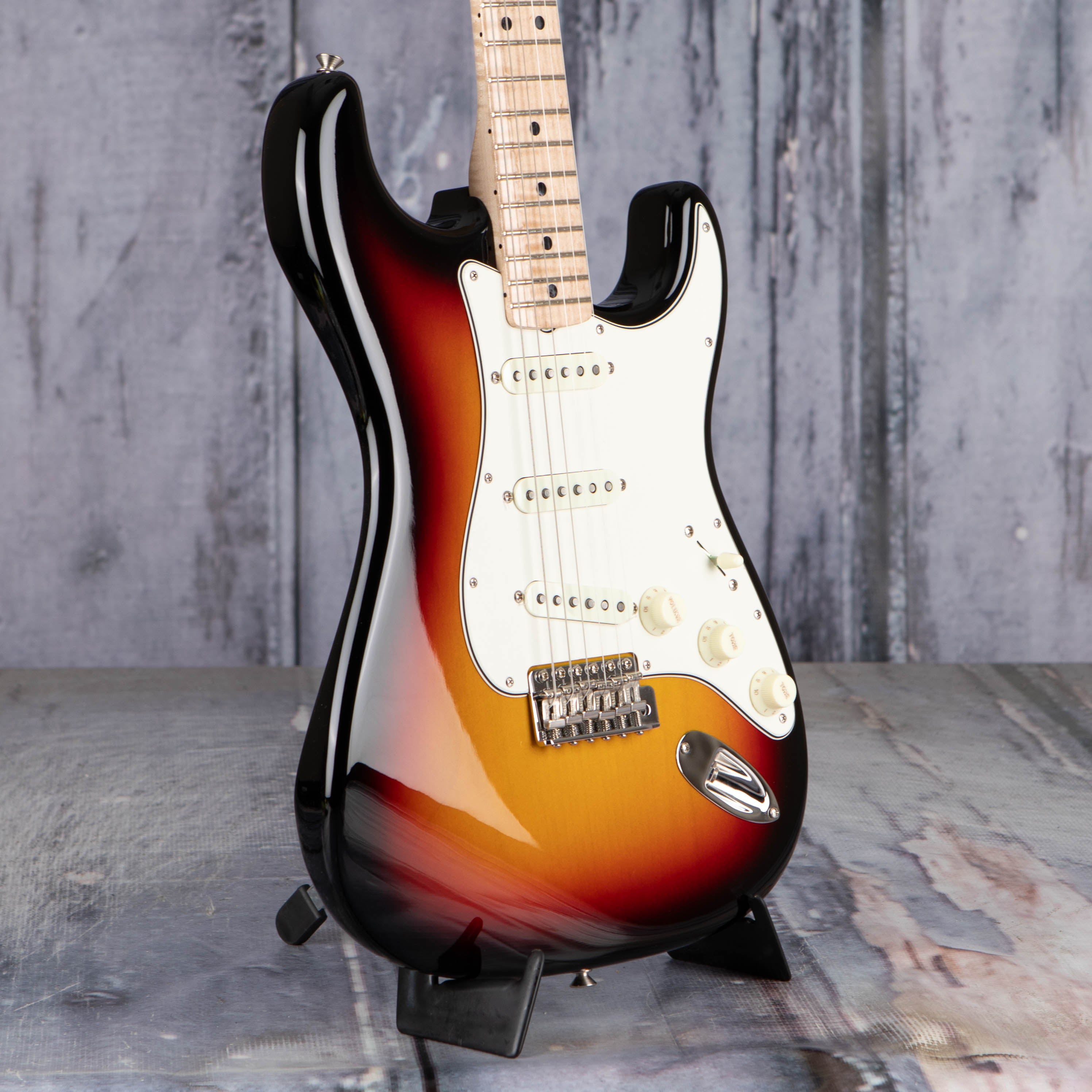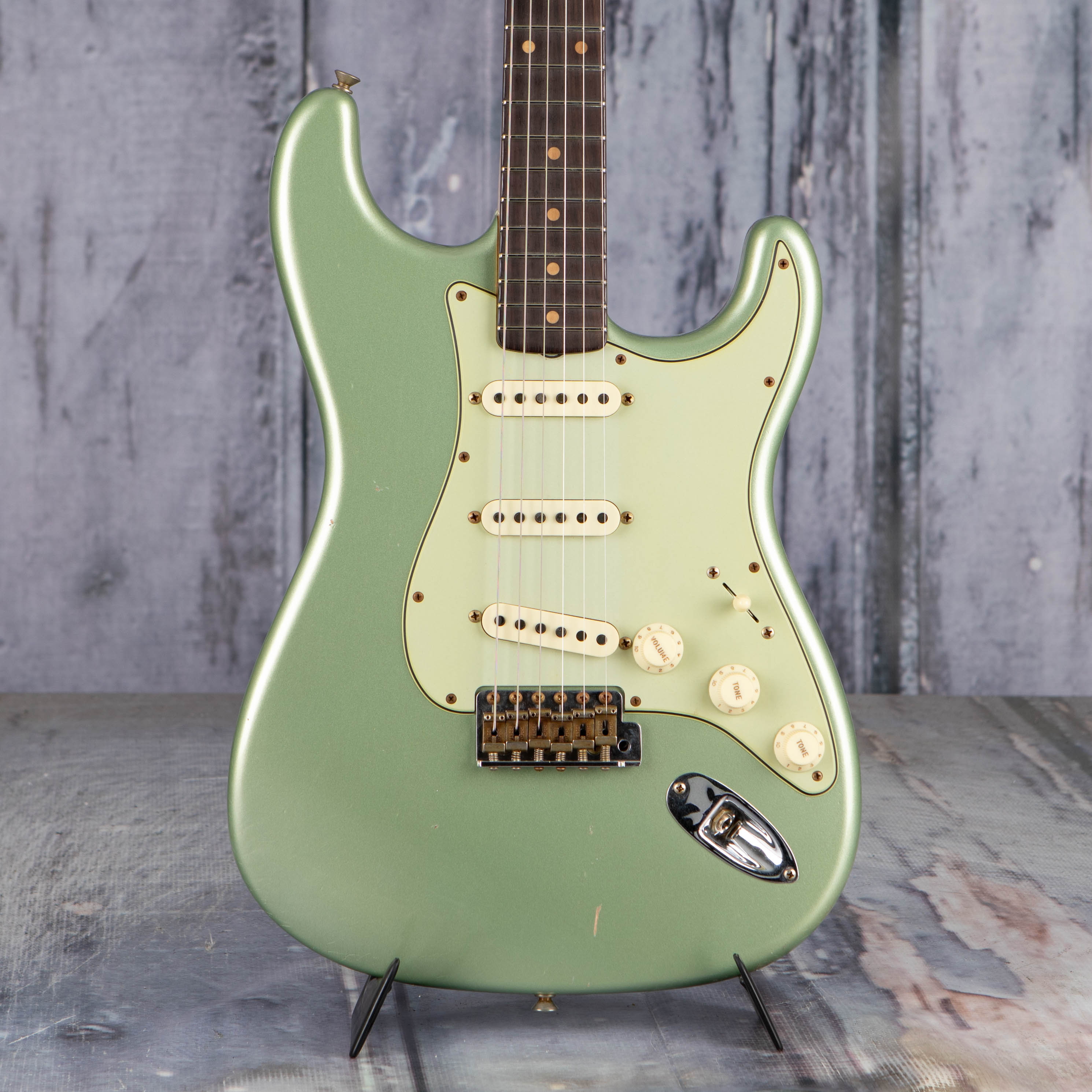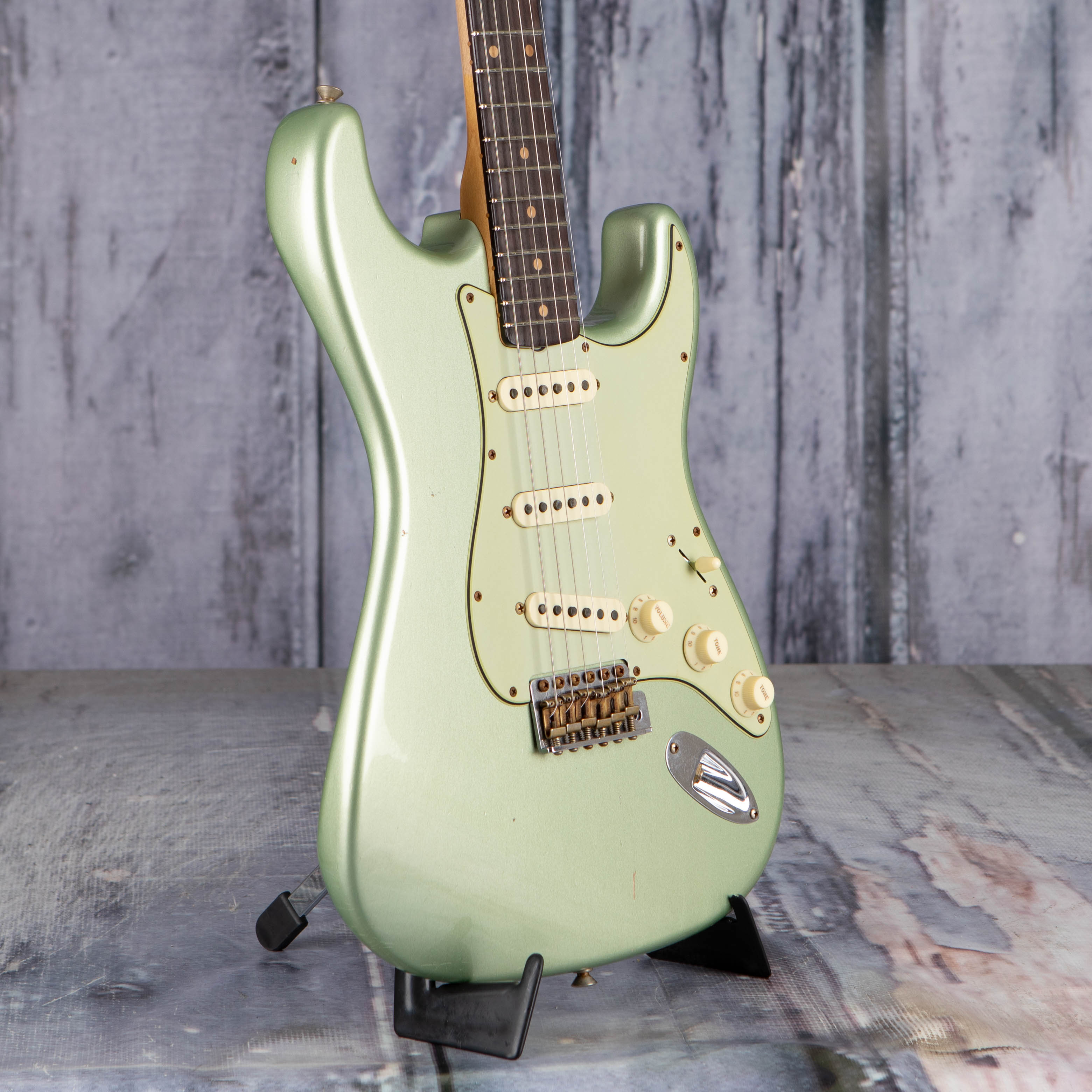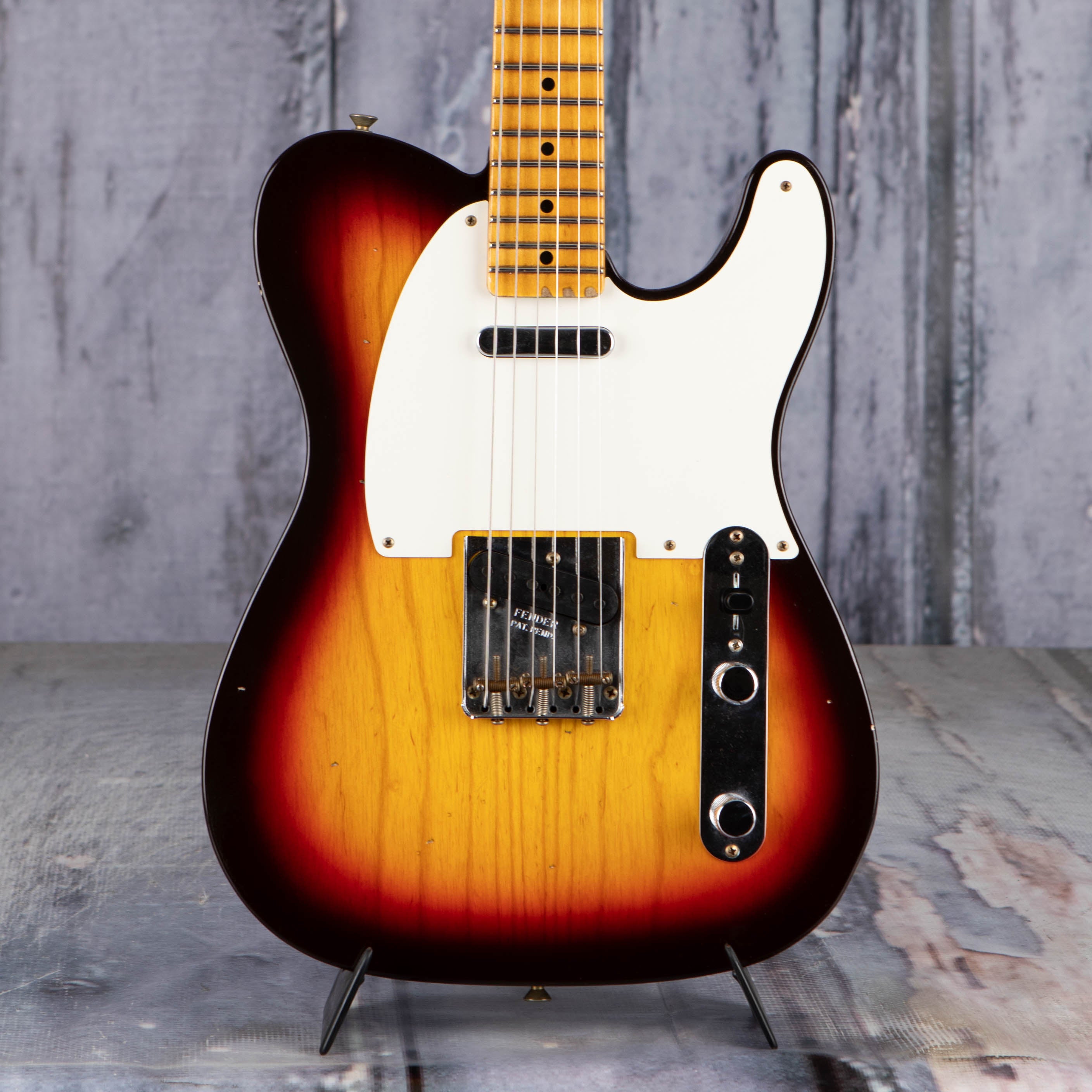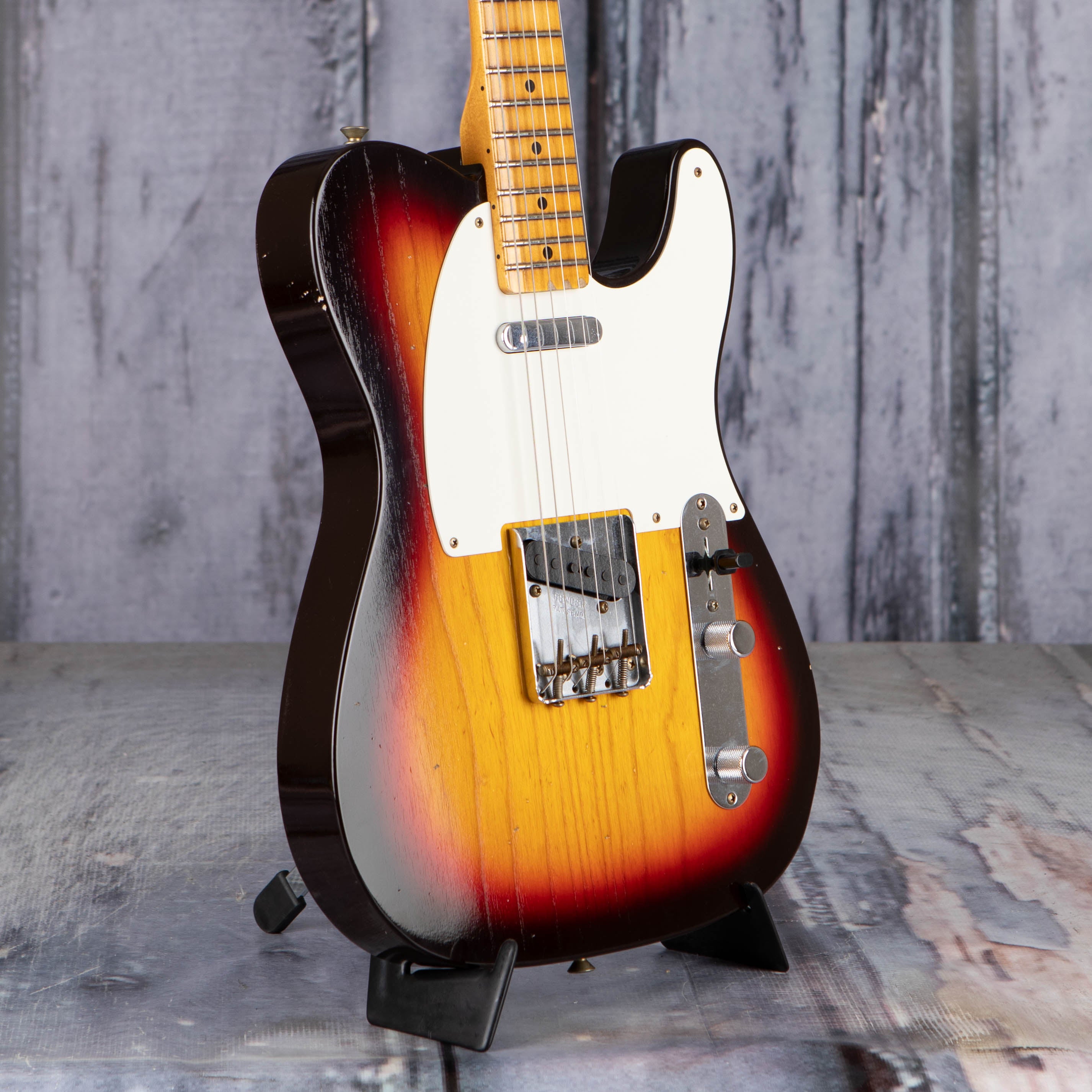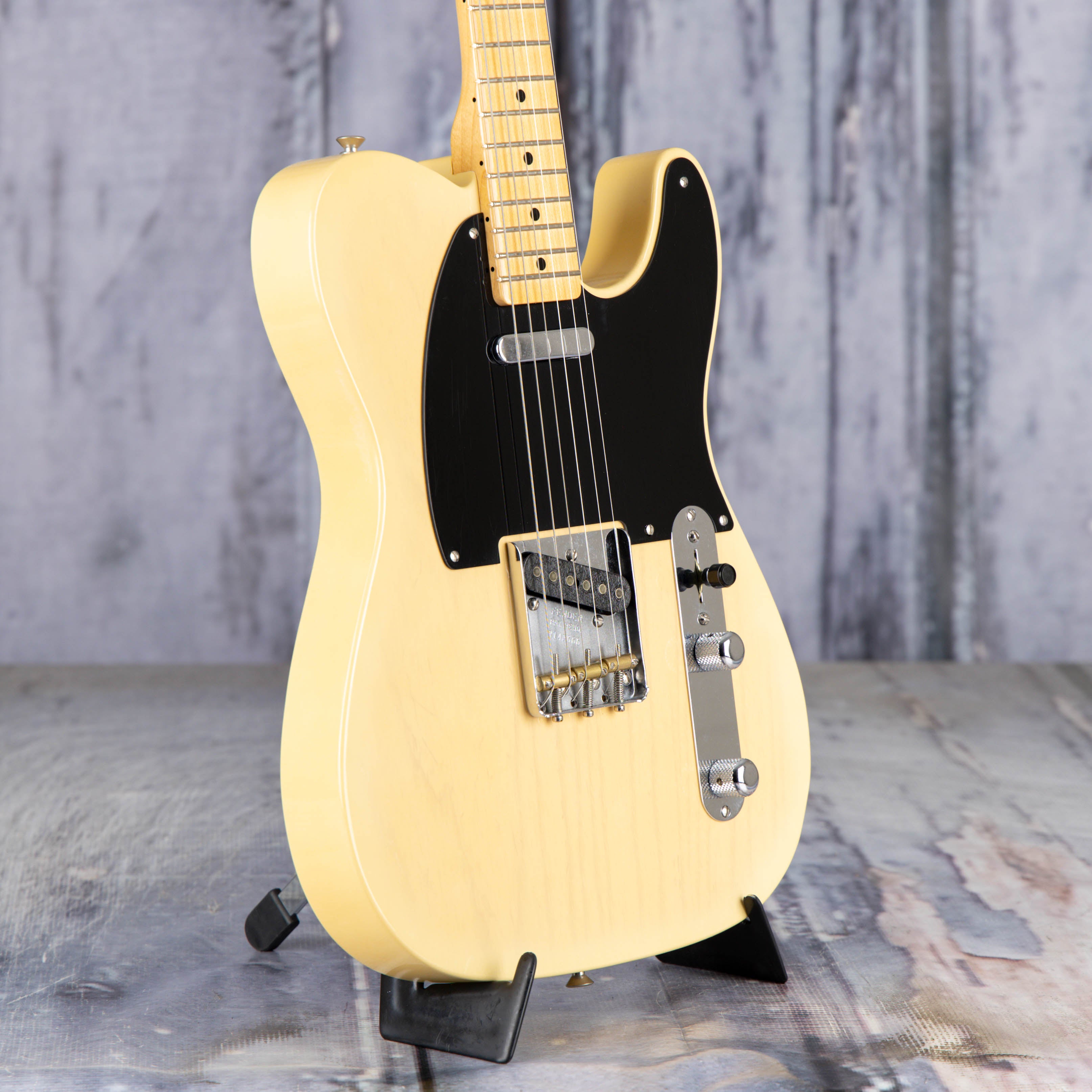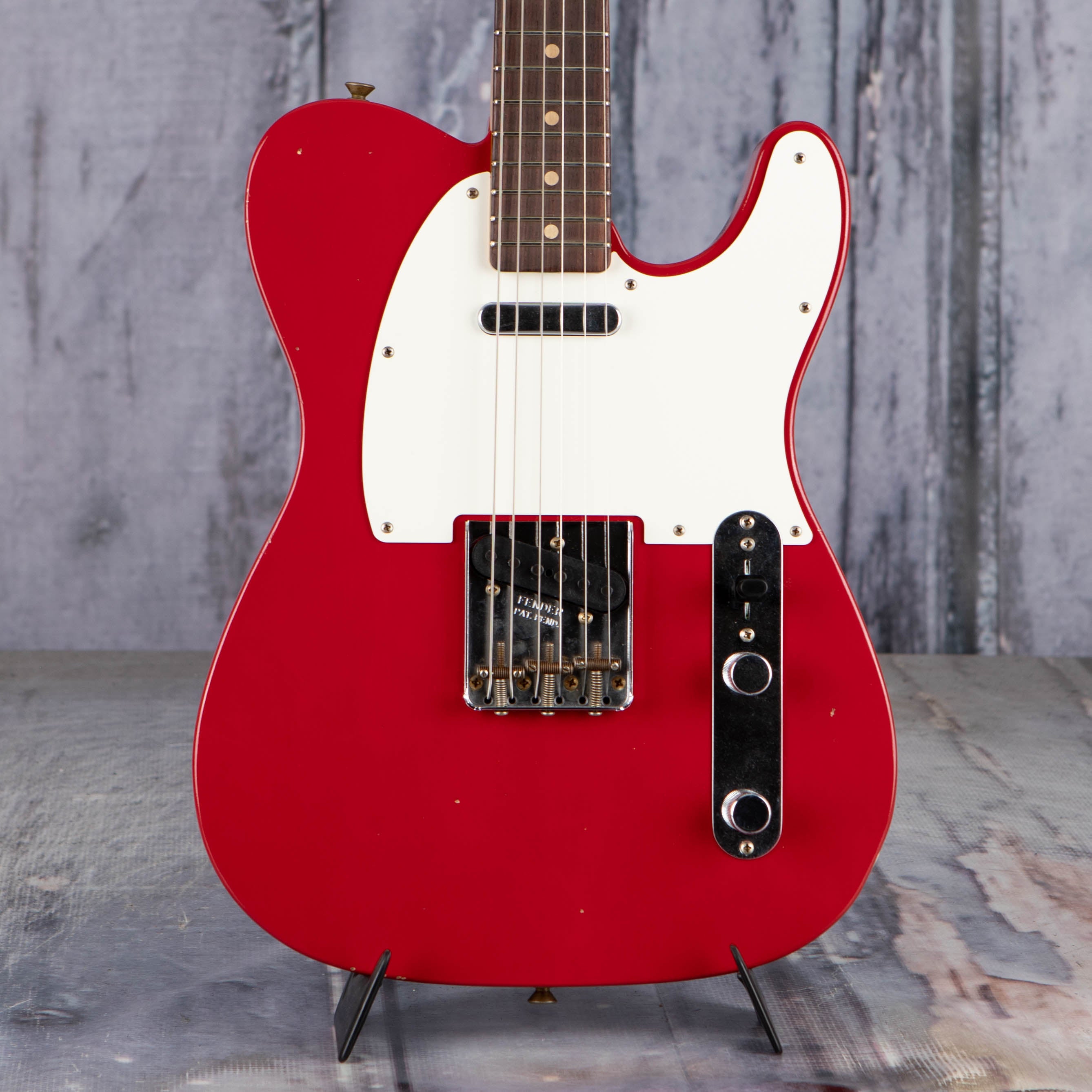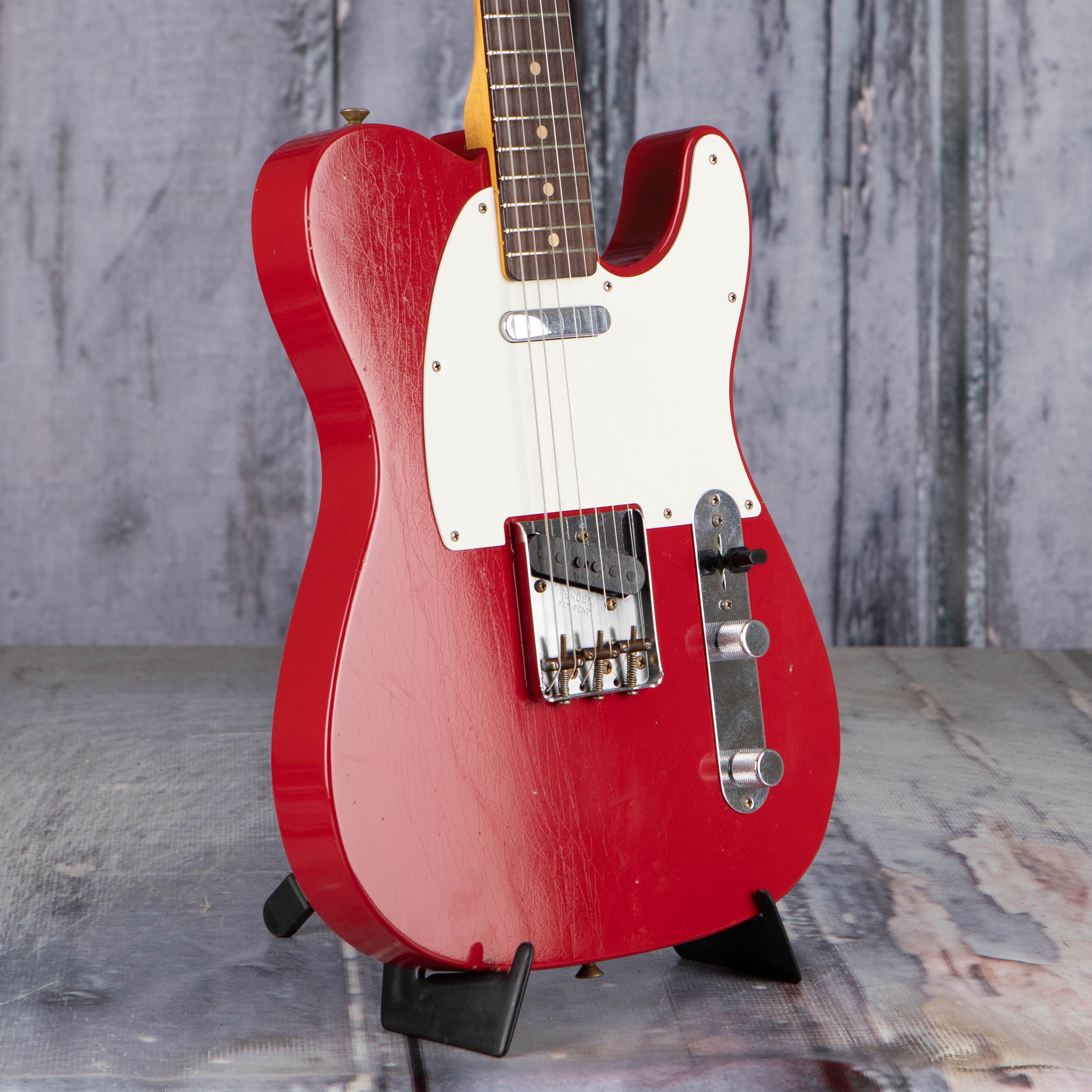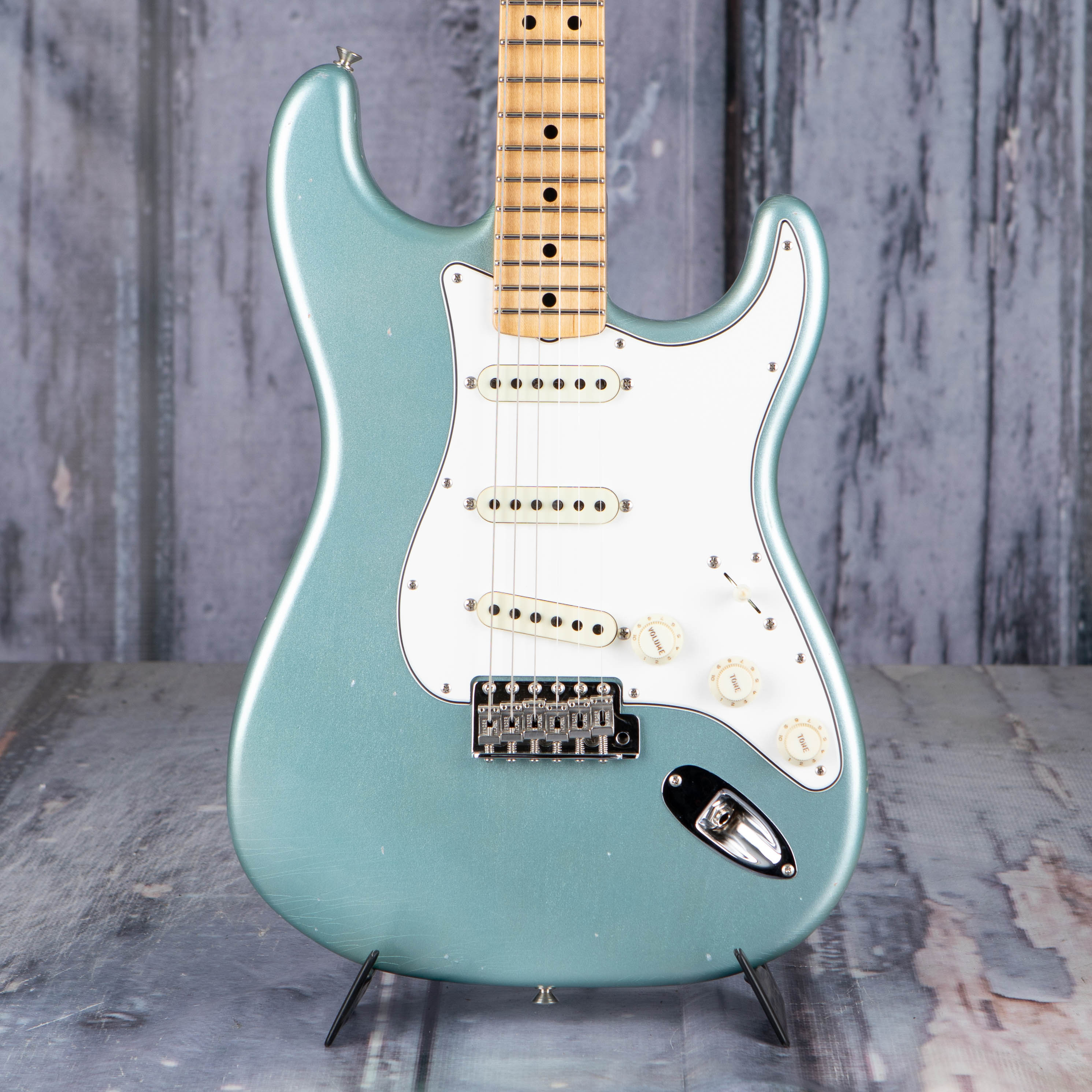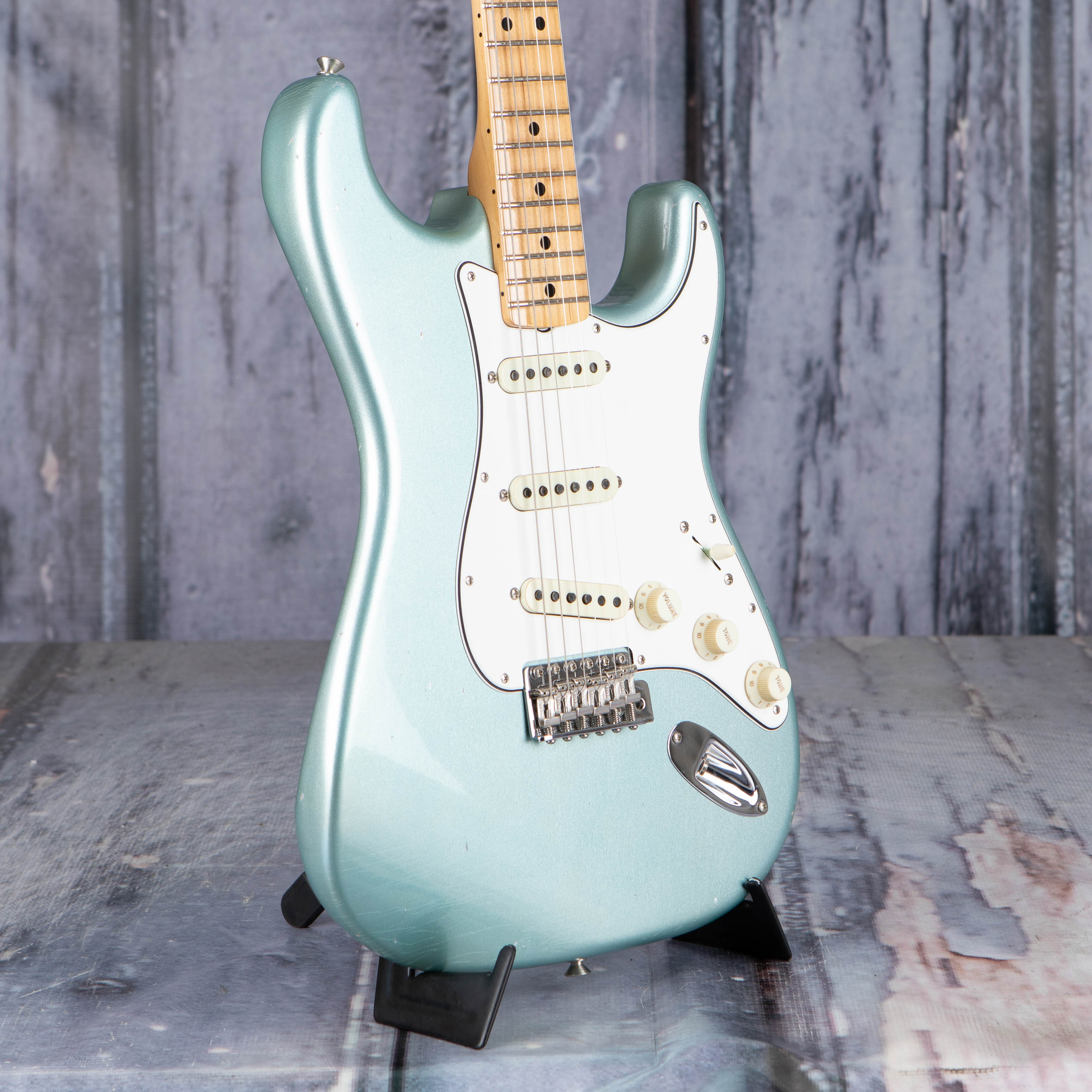Fender
Filter
- Reset Filters
- 100-200
- 1000-1500
- 12-String
- 1500-2000
- 200-300
- 2000-3000
- 300-500
- 50-100
- 500-750
- 6-String
- 750-1000
- Accessories
- Acoustic Guitar Strings
- Acoustic/Electric
- Fender
- Ibanez
- 12 String
- 6 String
- Accessories
- Acoustic Electric
- Acoustic Guitar Strings
- Bass Guitar
- Bass Strings
- Combos
- Electric Guitar Strings
- Guitar Stands
- Lefty
- Parts
- Semi Hollow
- Solidbody
- Used
- chorus
- Combos
- New
- New
- Used
- dist n over
- Electric Guitar Strings
- fcust
- std
- fsr
- fuzz
- gtr
- Lefty
- MIM
- mod2
- multifx
- New Arrivals
- NMD
- online-store-enabled
- Z
- over-3000
- phase n shift
- player 2
- pne
- 2025_rollback
- fender_rollback_1
- Q2RB2
- restock
- reverbsync:off
- rollback
- Semi and Hollowbody
- shelfb
- shelfc
- shelfe
- 12338
- 13301
- 15142
- 15143
- 15145
- 16243
- 16453
- 16457
- 16459
- 16464
- 16467
- 16477
- 16481
- 16494
- 16500
- 16515
- 16516
- 16523
- 16525
- 16526
- 16528
- 16529
- 17245
- 17713
- 17714
- 17716
- 17720
- 17721
- 17722
- 17725
- 17726
- 17728
- 17730
- 17753
- 17764
- 17794
- 19219
- 19221
- 19554
- 19555
- 19556
- 19557
- 19577
- 19578
- 19579
- 20851
- 20854
- 20856
- 20871
- 20872
- 20877
- 20878
- 20880
- 20891
- 20893
- 20930
- 20931
- 20941
- 20947
- 20950
- 21034
- 21038
- 21039
- 21040
- 21177
- 21182
- 21185
- 22101
- 22102
- 22106
- 22107
- 22109
- 22116
- 22119
- 22121
- 22126
- 22131
- 22722
- 22807
- 22876
- 22879
- 22880
- 22882
- 22906
- 22934
- 22936
- 23288
- 23701
- 23702
- 24011
- 24013
- 24057
- 24058
- 24060
- 24062
- 24064
- 24065
- 24068
- 24069
- 24552
- 24681
- 30080
- 30081
- 30094
- 30098
- 30103
- 30105
- 30106
- 30107
- 30111
- 30113
- 30114
- 30116
- 30123
- 30388
- 31027
- 31030
- 31220
- 31300
- 31401
- 45064
- 45067
- 45648
- 45719
- 45784
- 45788
- 45790
- 45792
- 45797
- 45801
- 45804
- 45847
- 46153
- 46160
- 46258
- 46260
- 46409
- 46422
- 47030
- 47035
- 47040
- 47050
- 47053
- 47056
- 47057
- 47058
- 47063
- 47064
- 47065
- 47074
- 47077
- 47079
- 47081
- Solidbody
- SPO
- ii
- luxe_vintage
- under-50
- westwall
Sort by:
Fender
Replay Guitar Exchange is not just an authorized Fender dealer... we’re a Fender destination. Our store walls are testament to this, with a great selection of classic and modern models, of both guitars and basses.
We’re also Fender fans, some of whom have been playing Fenders our entire musical lives – and we are respectful of the impact these seminal instruments have had on popular music, from jazz and rhythm and blues to country and western to rock and roll and beyond. Furthermore, we’re not alone in thinking that Fender’s classic sounds work well for all manner of music on today’s stages and in today’s studios.
However, Fender does more than just recreate the nostalgic instruments that we fans (understandably) demand. They are never afraid to shake up the status quo, whether making useful modern options available on classic instruments (see the American Professional and American Original series), ‘remixing’ iconic features from multiple models (see the Parallel Universe series), or creating entirely new instruments from scratch. As always, feel free to ask us what’s coming soon from Fender!
Remember, Replay Guitar Exchange is an independent store and online retailer, and we truly value every one of our customers. When you buy a new or used Fender instrument or amplifier from Replay, you get the same level of service and attention to detail that we’d give our friends and families.
If you don’t see your favorite Fender in stock, just stop in, or give us a call, or chat with us about the model or models of your dreams.
(Some of) Fender's Historical and Musical Highlights
In the 1940s, southern California inventor Clarence Leo Fender realized he could improve on the hollow-bodied amplified instruments of the day by using an innovative, yet rather simple to manufacture, solid-body electric guitar design. In 1951, he introduced a prototype that would eventually come to be called the Telecaster. Its capacity for tones ranging from bright to mellow – and its ability to be amplified like never before, without acoustic feedback – made it popular with country, pop, blues and jazz players. The Telecaster has always been available from Fender in one variant or another, and there’s always a model or two that stay close to the specs of the Fifties and Sixties classics. Some guitarists, jaded from the overwhelming wealth of guitar choices, find themselves gravitating to the Tele for its raw purity of tone, and fittingness for songwriting.
No rundown of Fender’s innovations is complete without mention of the Precision Bass. Introduced in 1951, when huge and expensive upright basses were the only option for bassists, this new instrument could be transported with ease – and amplified as needed. Imagine the gift that this was to a working musician, whose gigantic instrument became small enough to carry by his side in a case! The real innovation, though, is implied in the name Precision Bass. Bassists could now play their lines in tune! Playing the notes took far less effort, which immediately led to different riffs and phrases being possible – and best of all, their playing could now be heard and felt. The P-Bass had a rock-solid, authoritative and grooving new sound that soon became the standard driving force of popular music. The Precision bass was updated in 1957 to include the iconic split-coil pickup (connecting in a hum bucking mode), and the resulting instrument is pretty much perfect. Available now in vintage and modern formats, it remains a celebrated part of rock and blues – and their harder-edged offspring.
In 1954, Fender showed the world a glimpse of the future, with the utterly space-age design of the Stratocaster guitar. Its contoured body, double cutaways, triple pickups and vibrato system seemed to point to an optimistic world where anything was possible. From Buddy Holly (the first Strat hero) to Jimi Hendrix seems like a quantum leap, all made possible by the sonic possibilities of this forward-thinking instrument. To this day, the Stratocaster is the first (and sometimes only) model of guitar that non-musically oriented people can name.
Even Fender’s relative missteps would make waves in the public consciousness. Introducing the Jazzmaster in 1959, they failed to kindle the interest of jazz guitarists, but instead provided a smash hit for the prolific Ventures – and the legions of instrumental rock and surf guitarists that followed them.
Realizing their place in surf guitarists’ hearts, Fender soon introduced the Jaguar, a guitar that directly catered to their needs – a short-scale, chrome-laden beauty with a versatile sonic prowess controlled by innovative switching.
Today, Jazzmasters and Jaguars are both available with either vintage or modernized specifications, to suit your preference. These ‘offset waist’ instruments never enjoyed the popularity of Tele and Strats, yet earned many trailblazing fans in the decades that followed. Their unique vibrato action and ranges of usable tones deserve to be explored.
By the way, the Jazzmaster had been marketed alongside Fender’s new Jazz Bass, introduced in 1960 (and with an ‘offset waist’ also seen in the Jazzmaster and later Jaguar). The Jazz bass revolutionized the world of bass with an expressive new voice, twin pickups that could be blended by feel mid-song, and a neck and body made for comfort.
It’s amazing how many Fender models have come to be associated with artists. Imagine Jimi Hendrix without a Strat, or Jaco Pastorius without a Jazz. Merle Haggard without a Tele, or Steve Harris without a Precision. There are countless examples from every era, and many have been immortalized as artist signature models. These, in turn, may be the instruments with which tomorrow’s signature artists are currently honing their styles.
Now, Turn It Up
Meanwhile, let’s not forget Fender’s classic and current contributions to the world of guitar and bass amplification. Replay Guitar Exchange has your needs covered here, as well, with a variety of guitar, bass and acoustic amplifiers that will ensure your playing is heard.
A note to our non-United States customers
Due to our Fender dealer agreement, we are not able to ship new Fender products outside of the USA.
SIGN UP AND SUBSCRIBE
Sign up for our newsletter and get access to exclusive deals and more!










